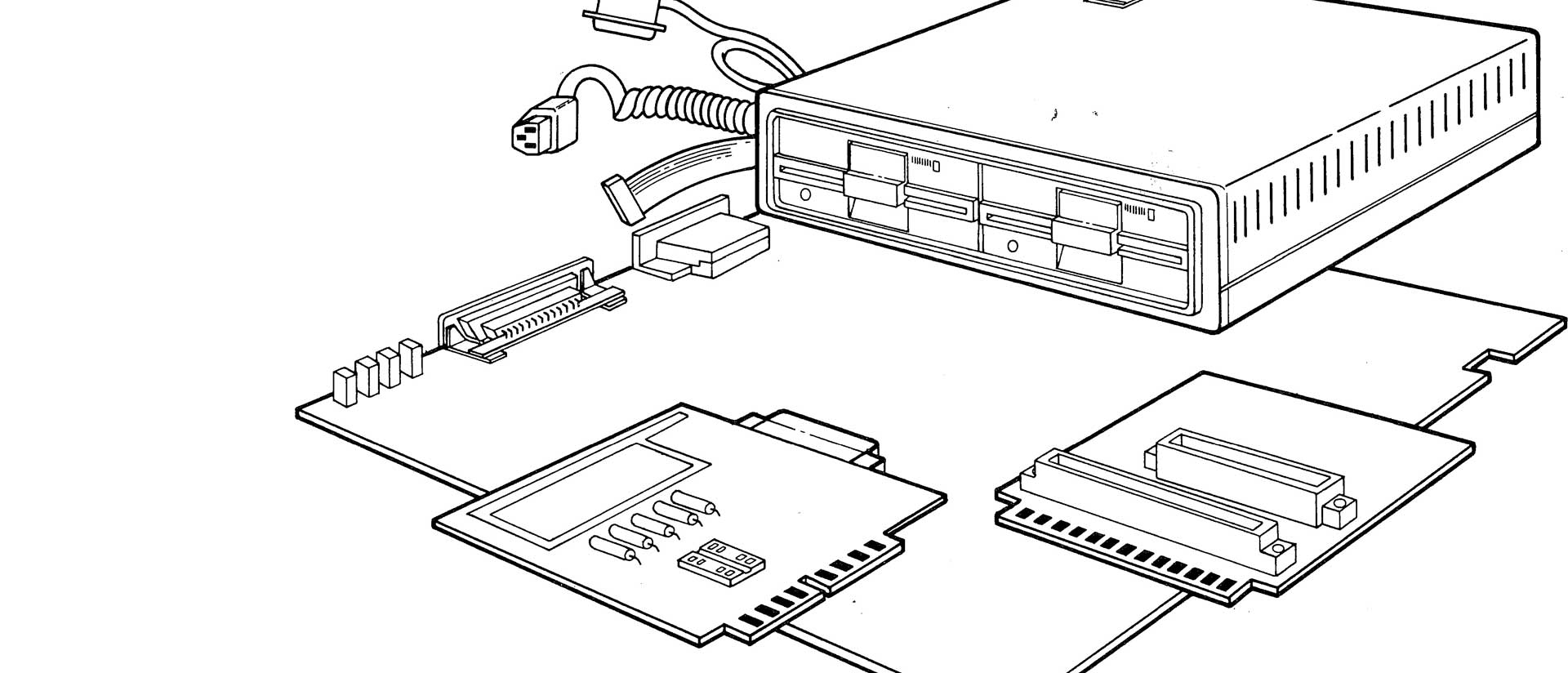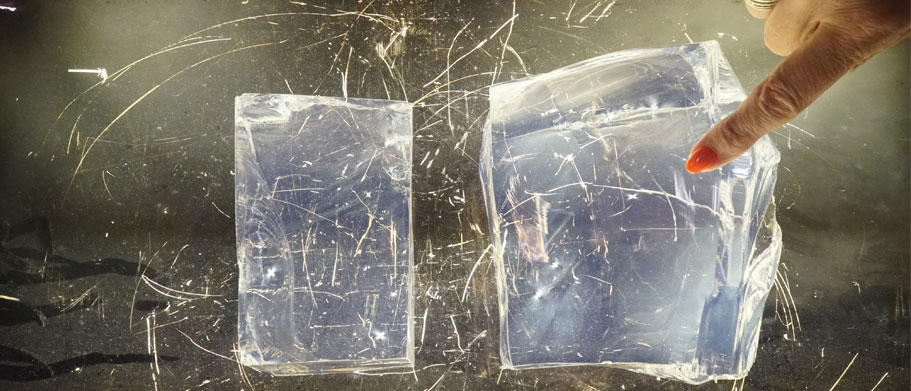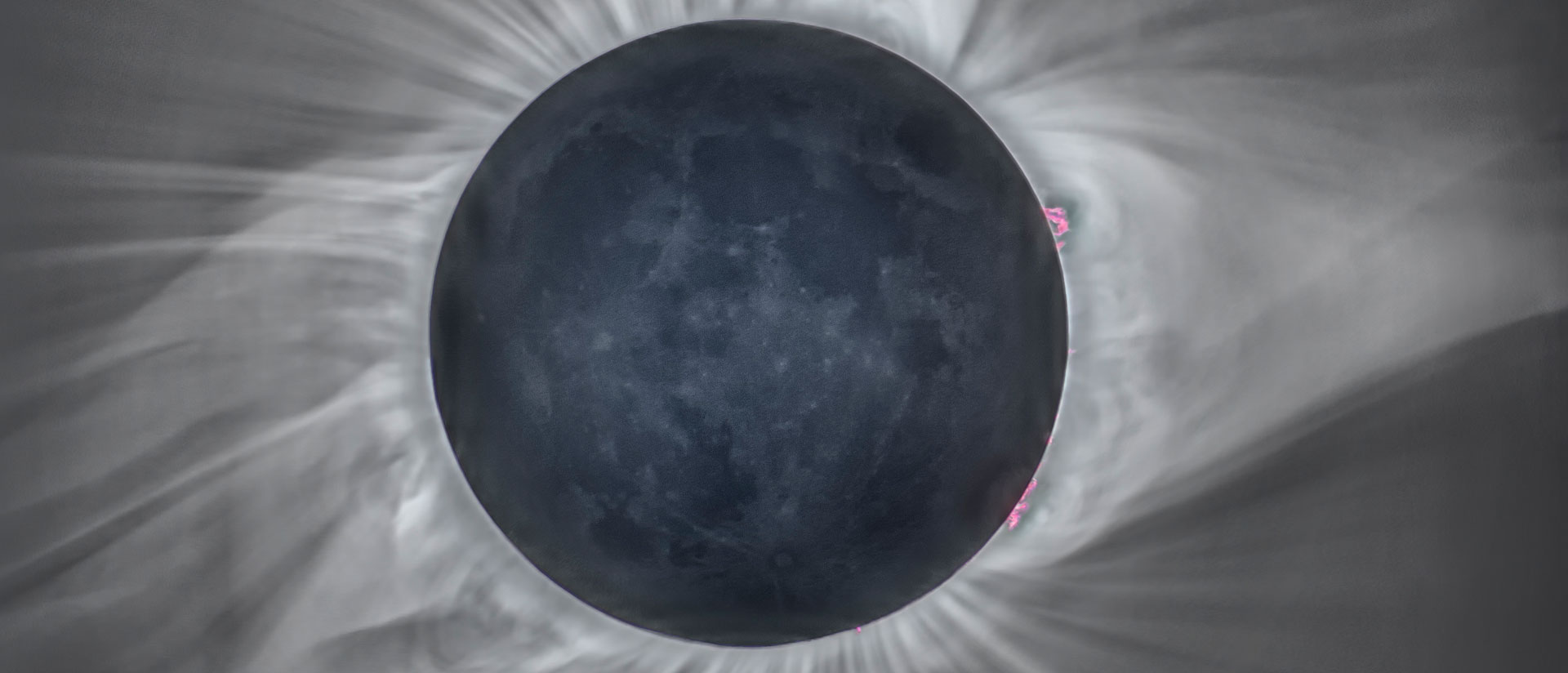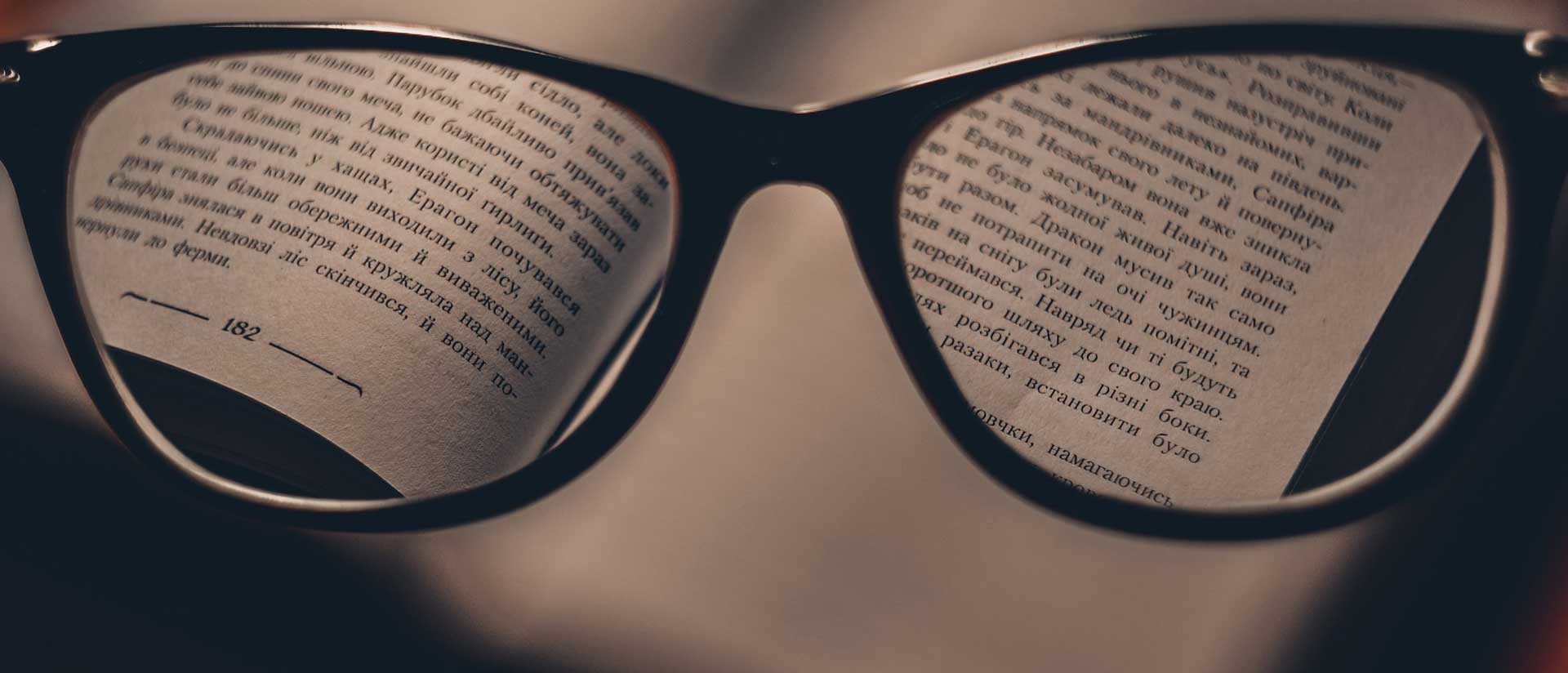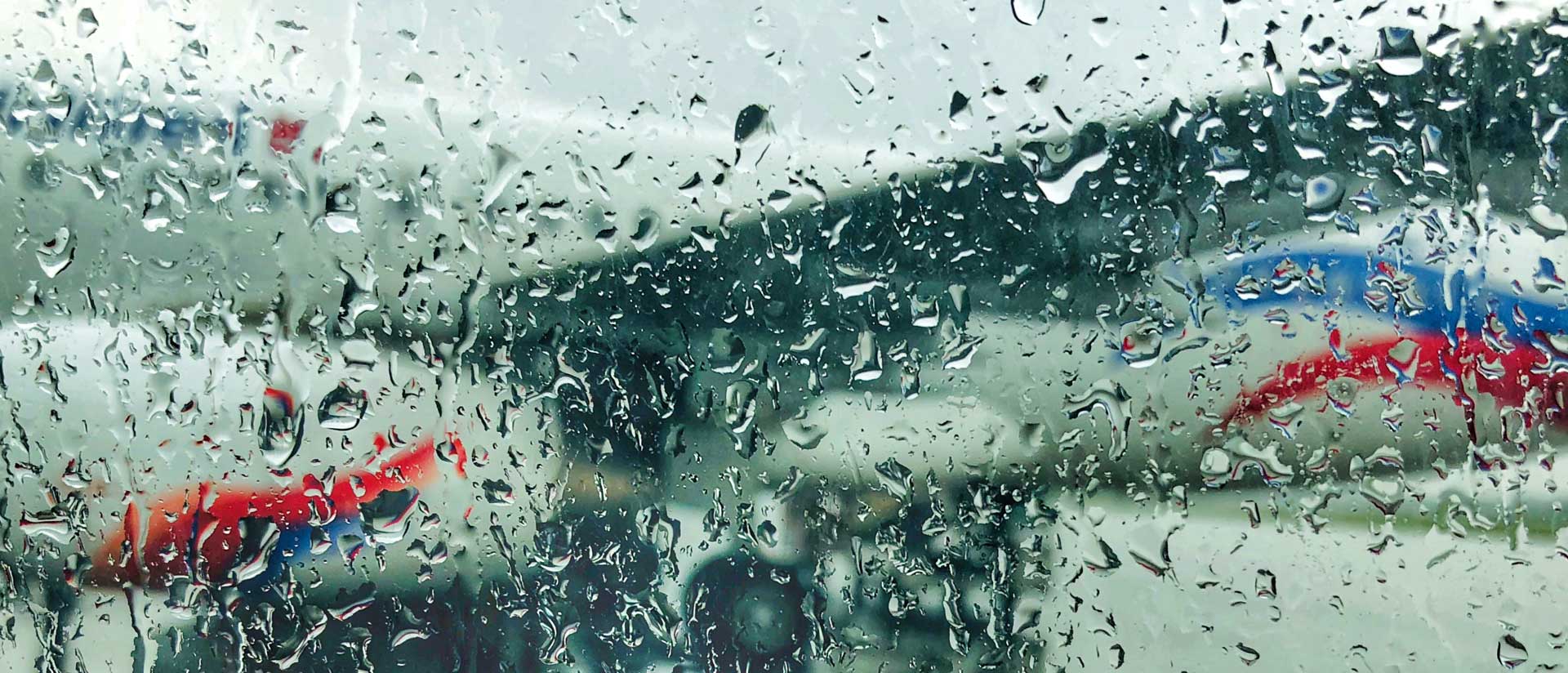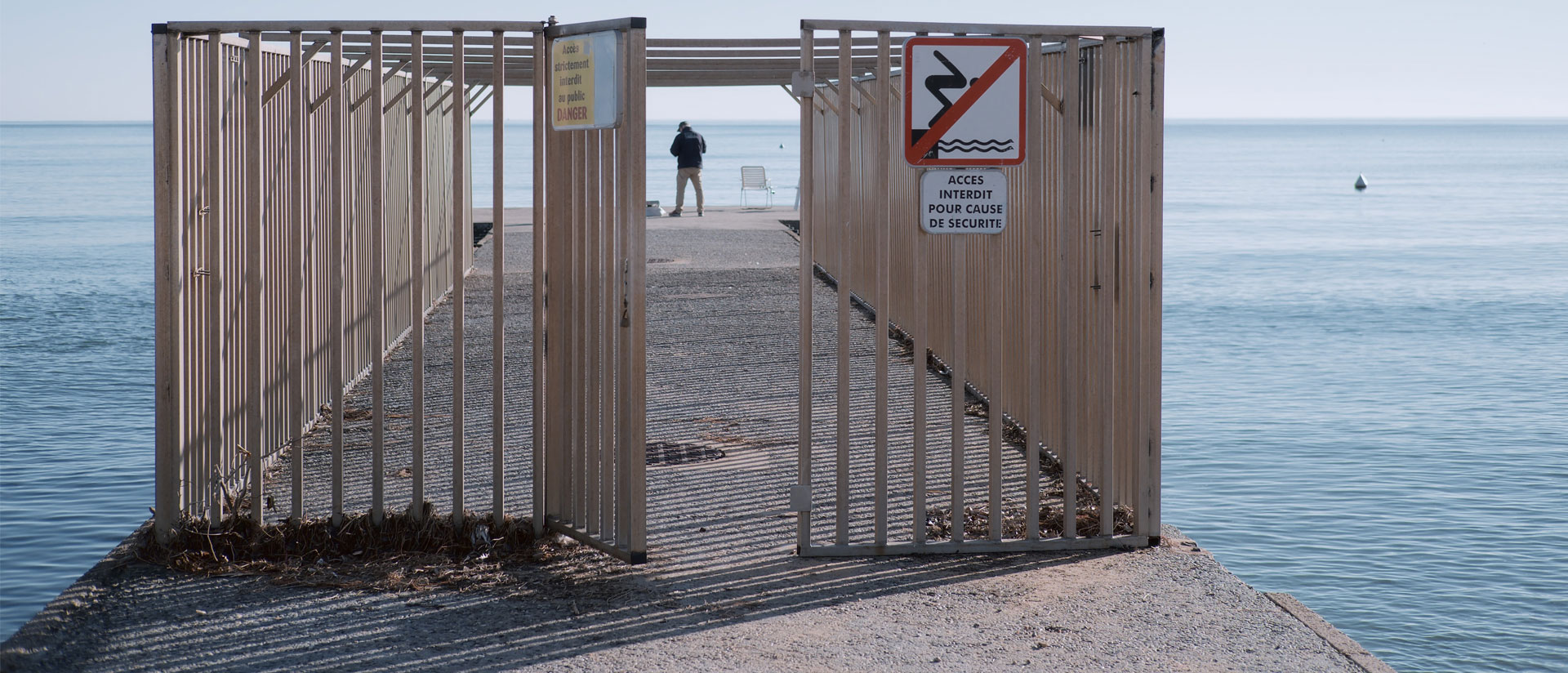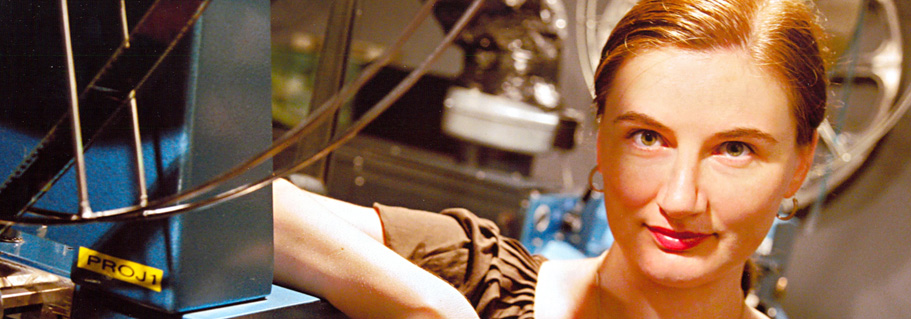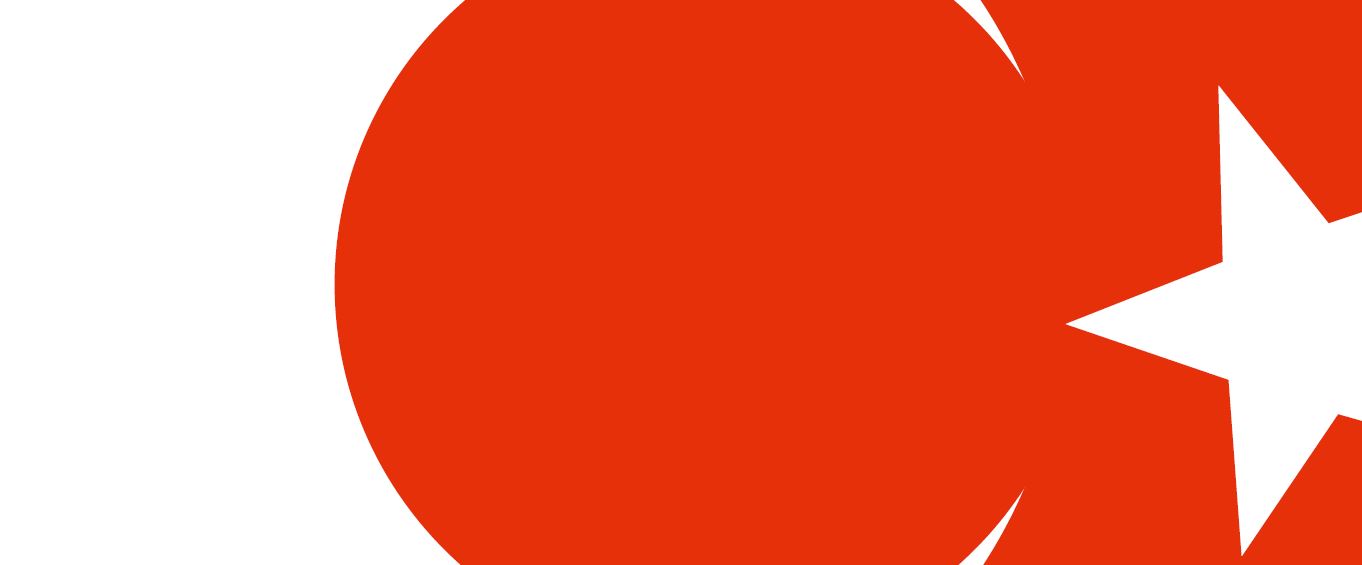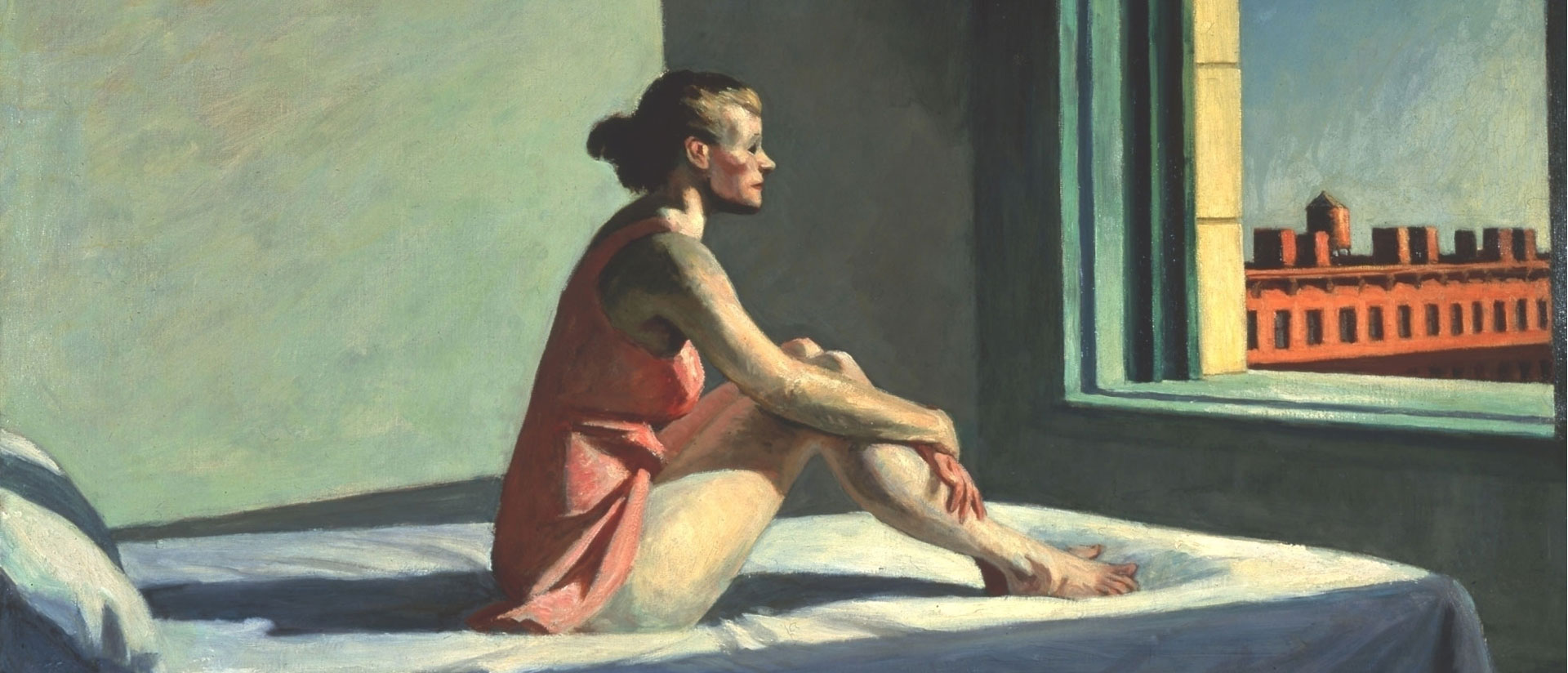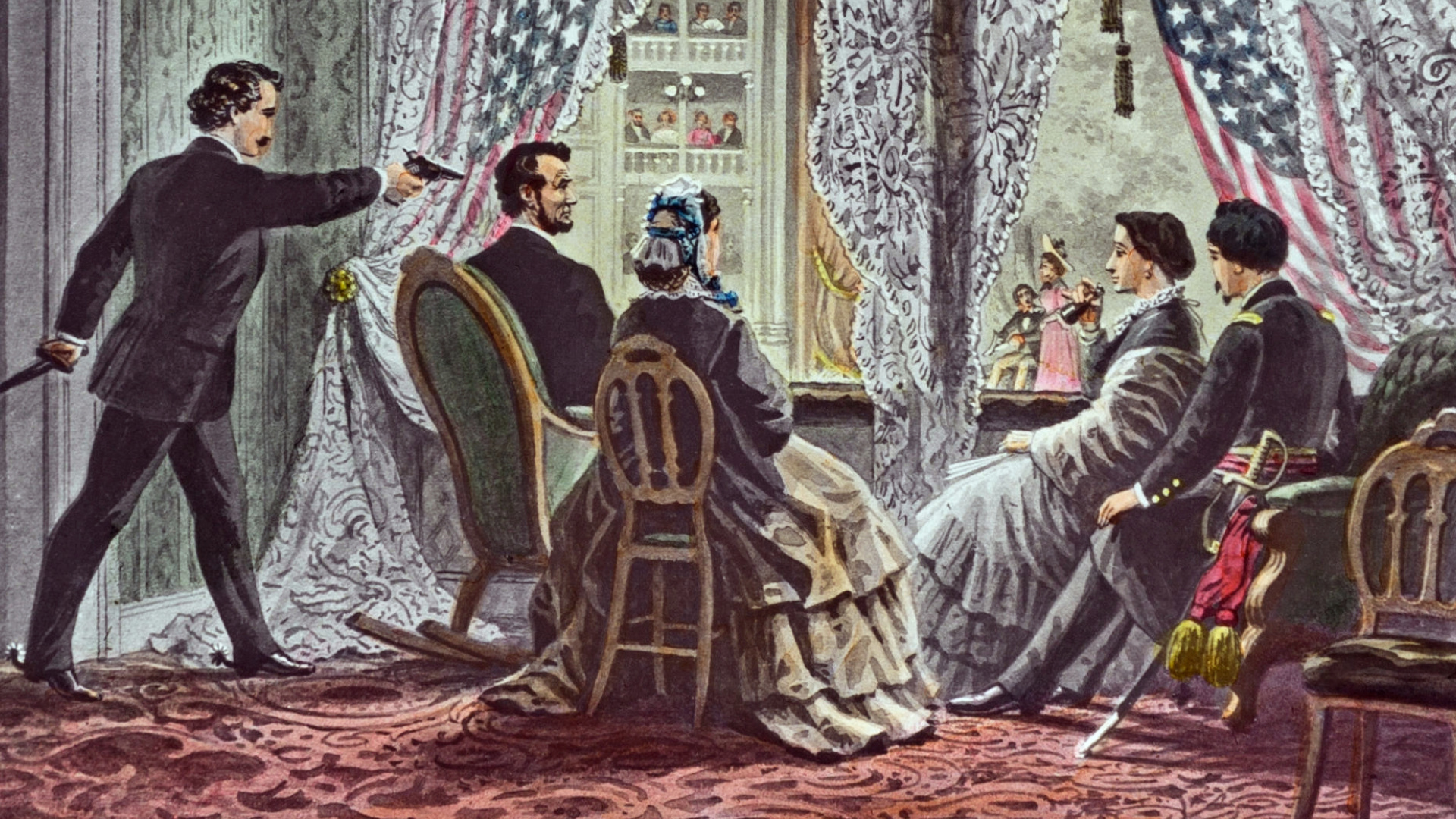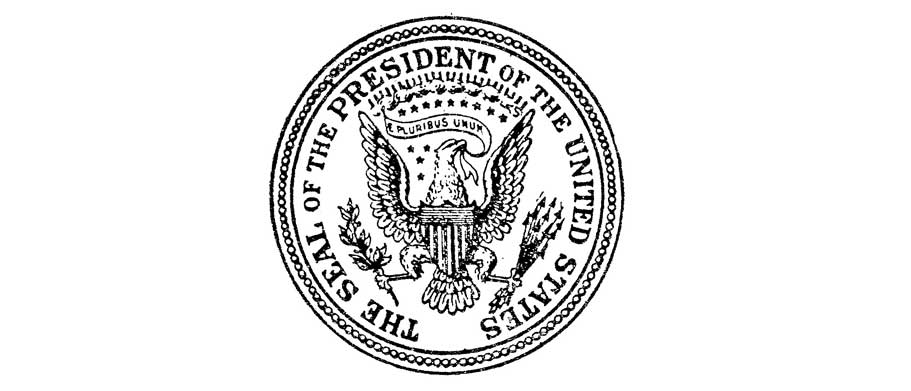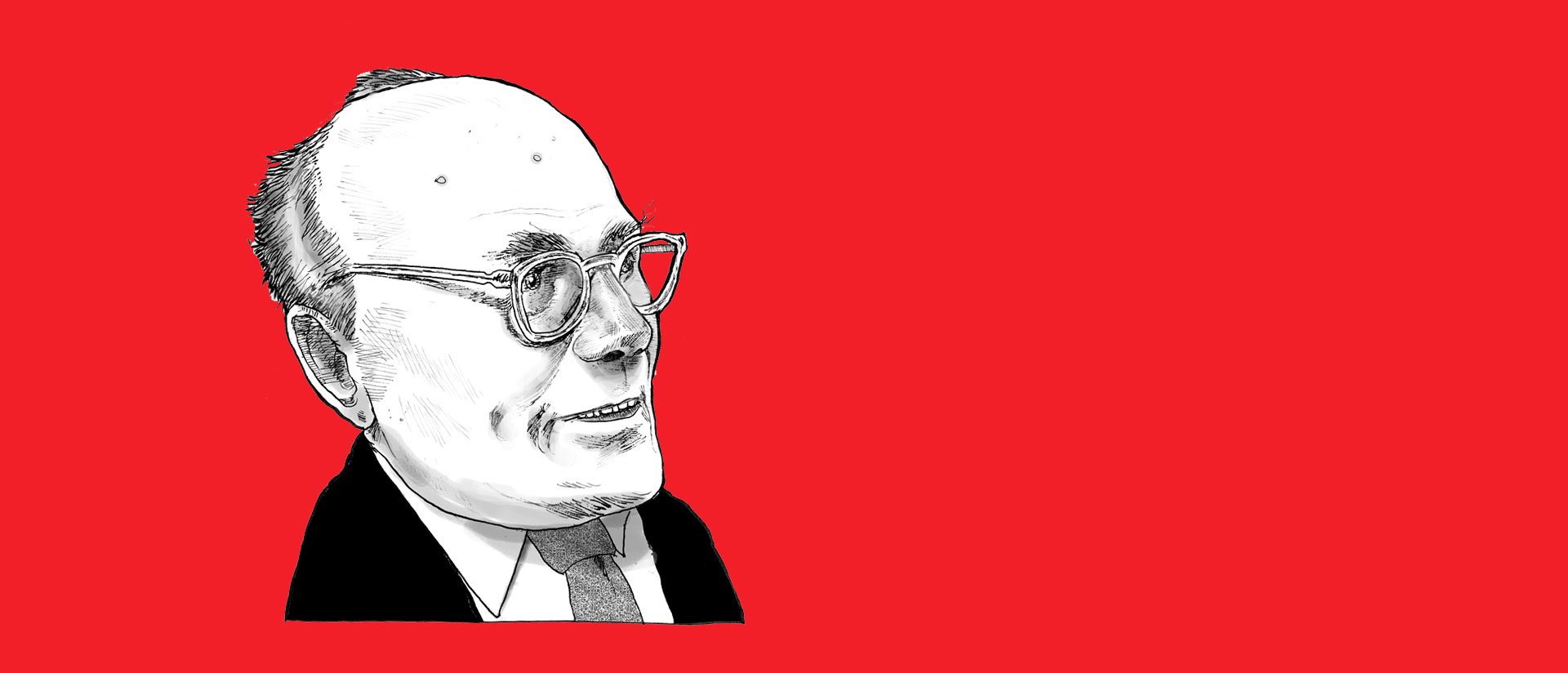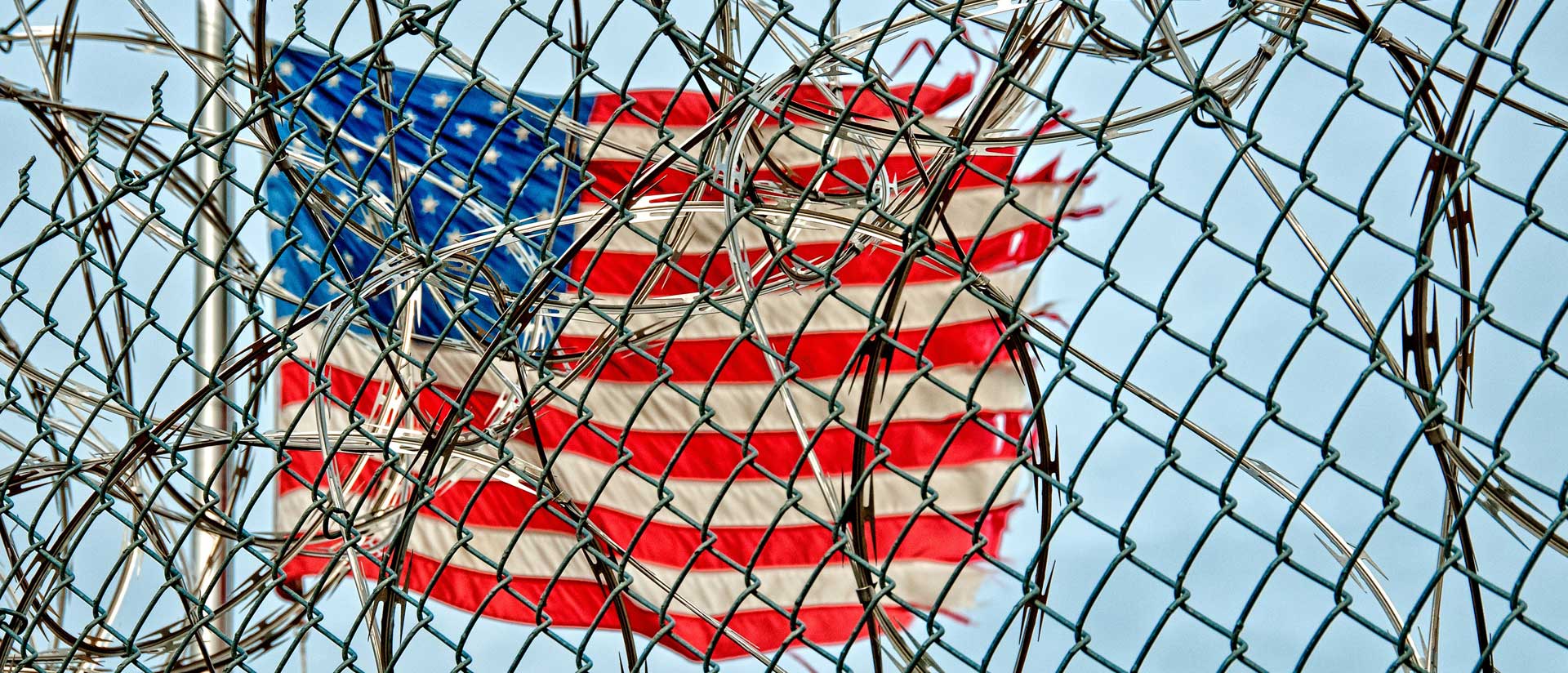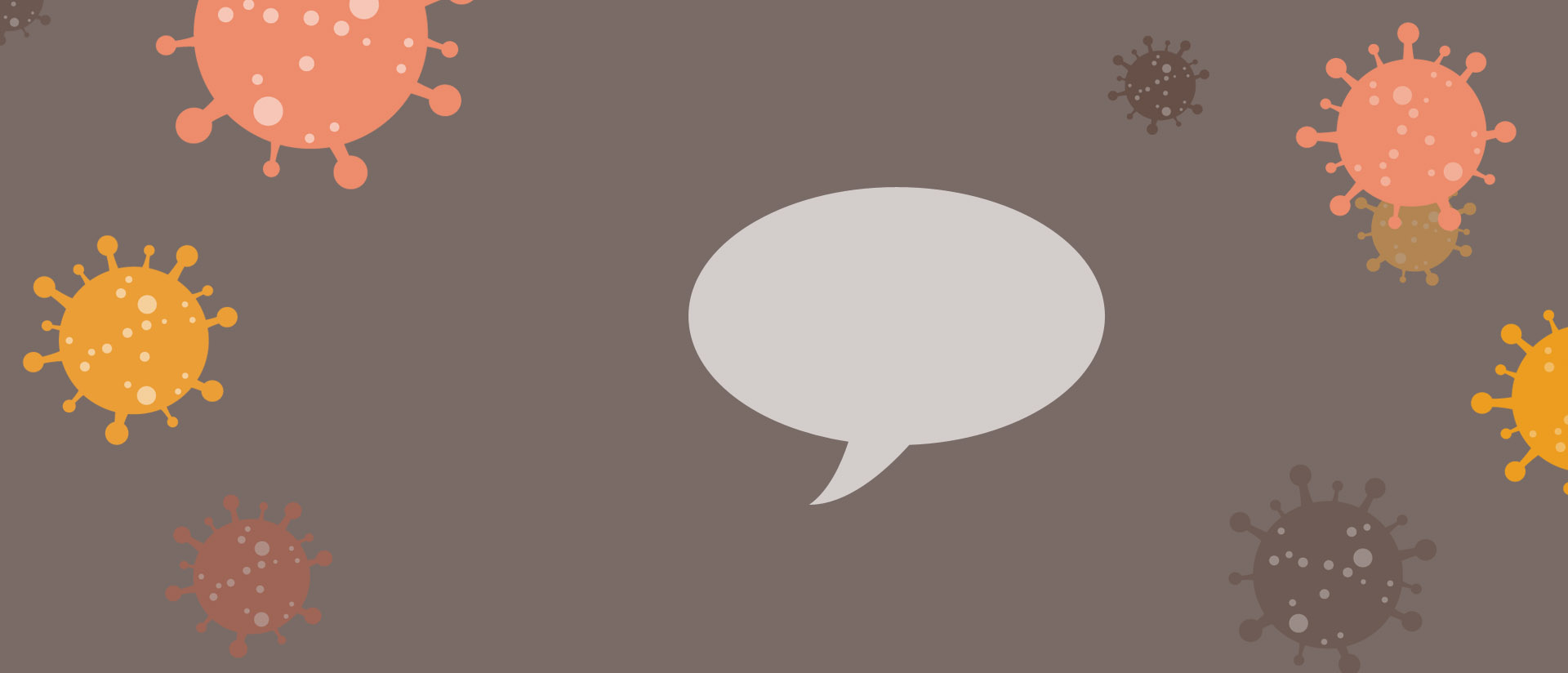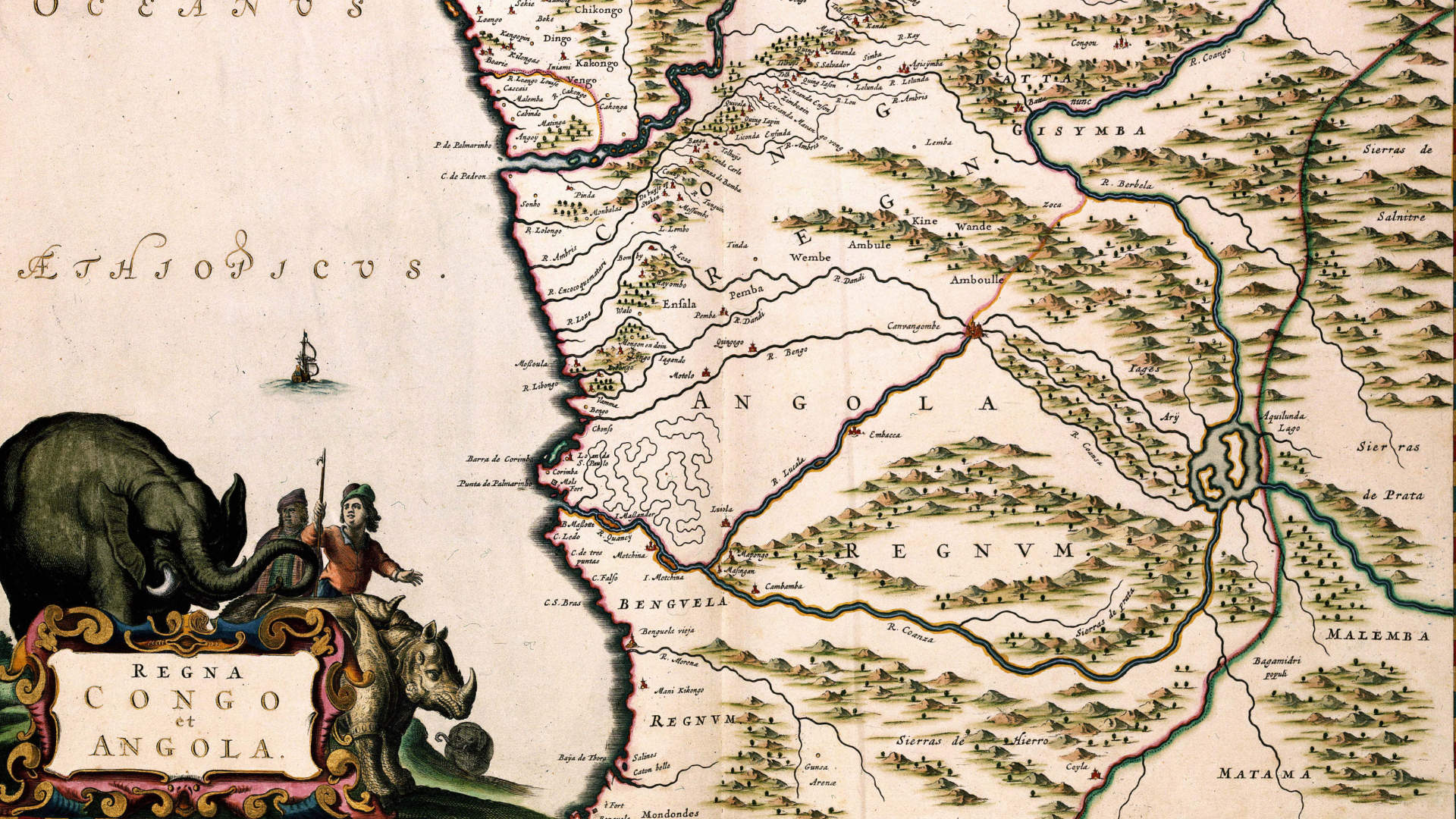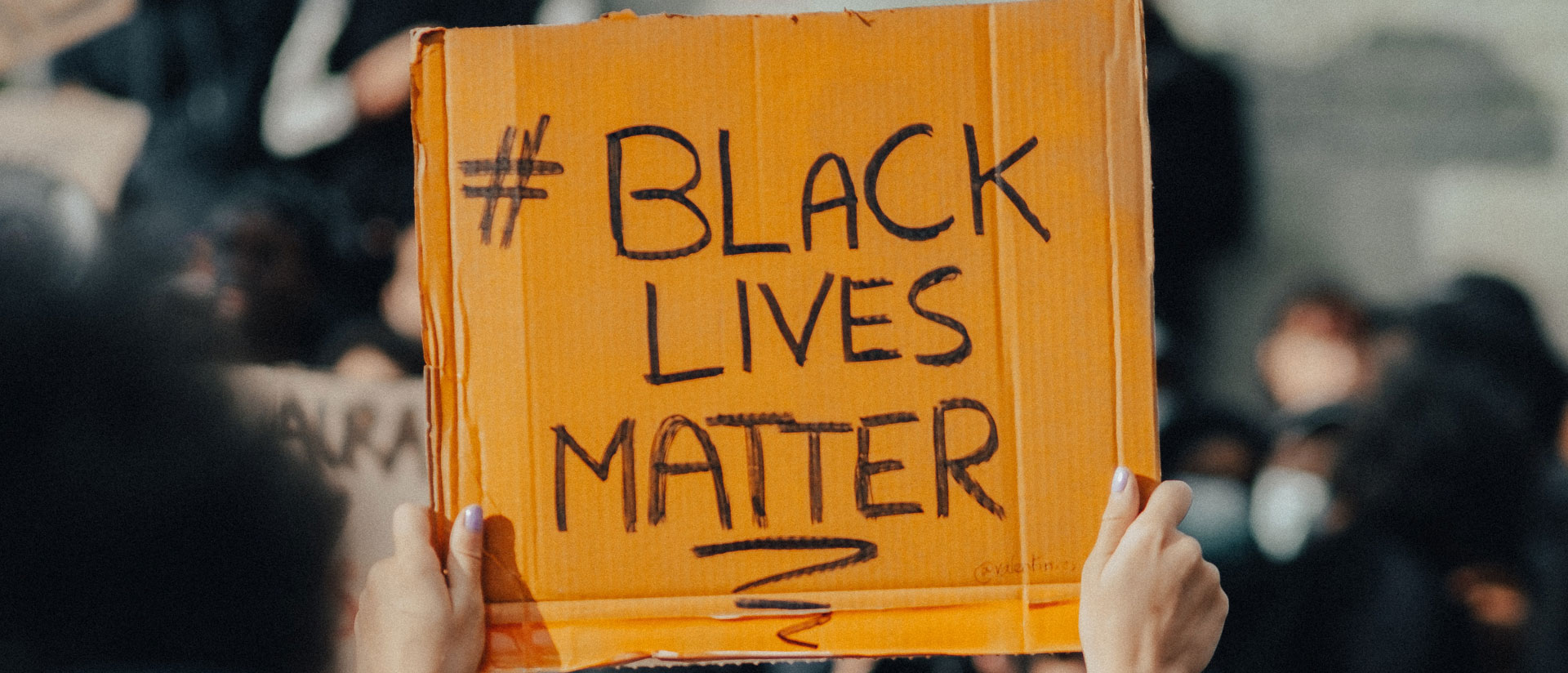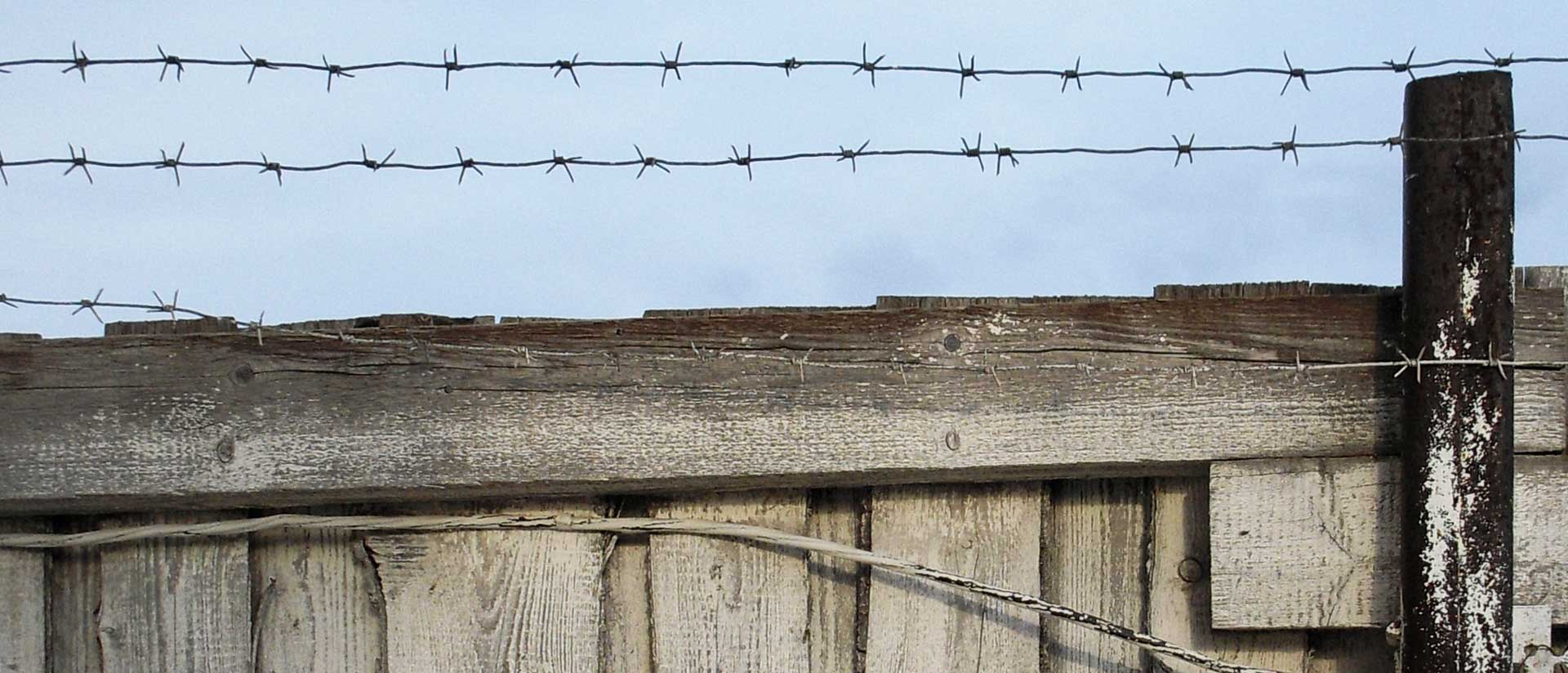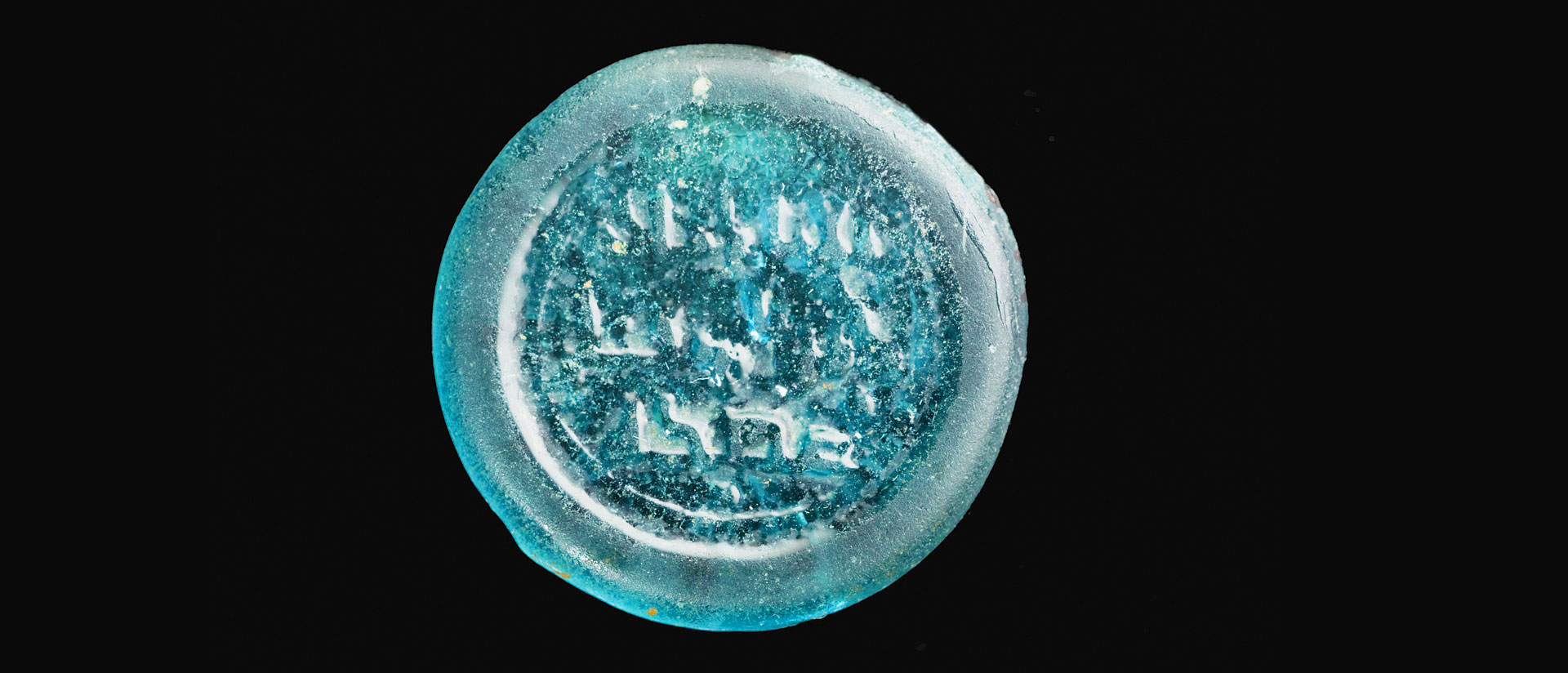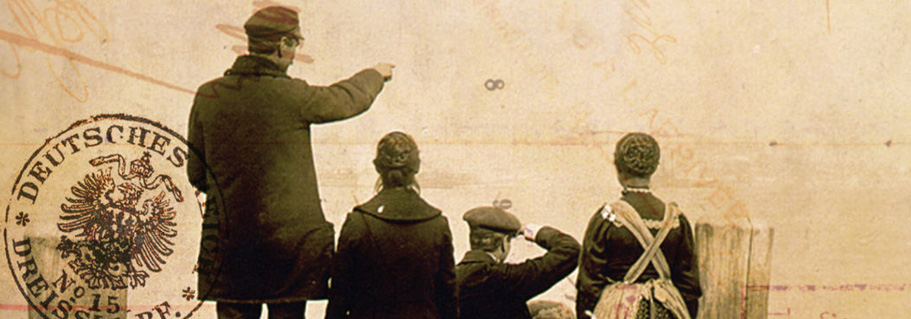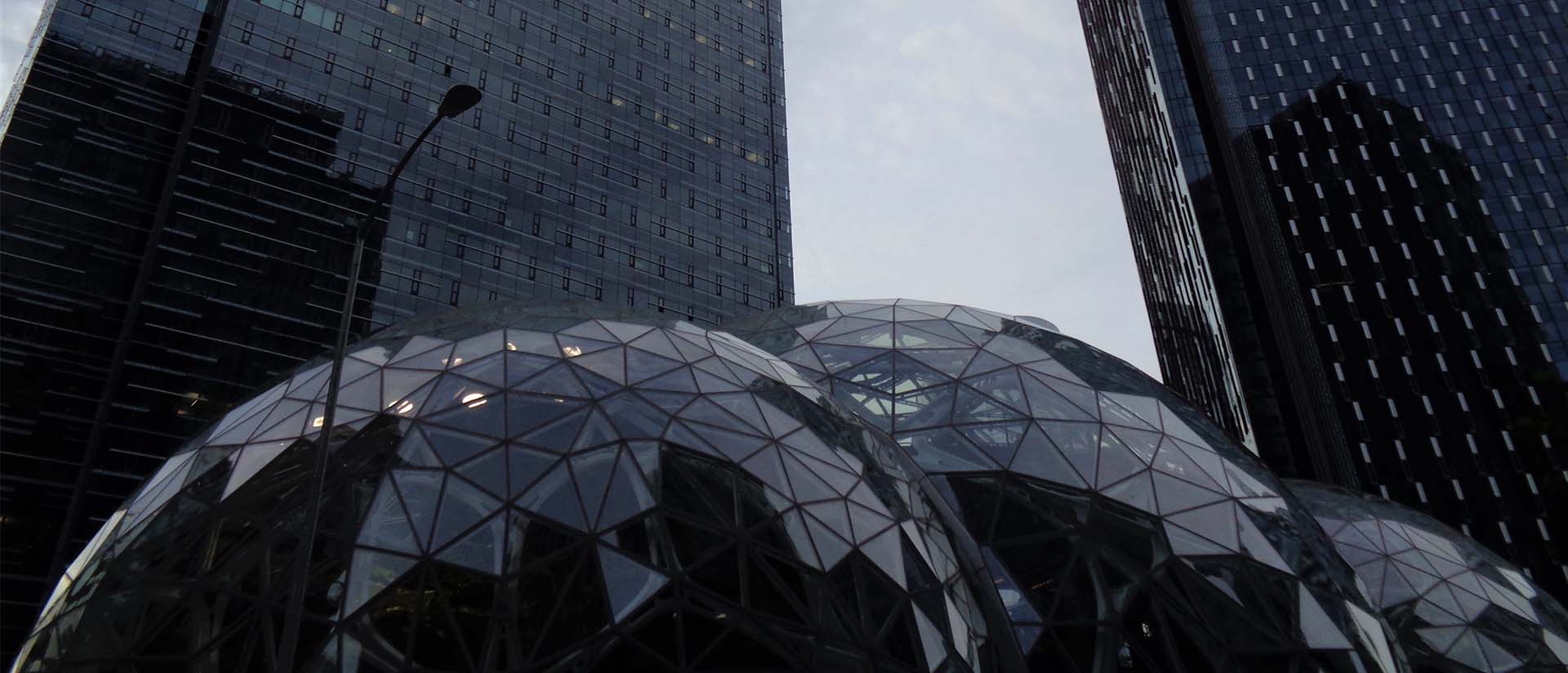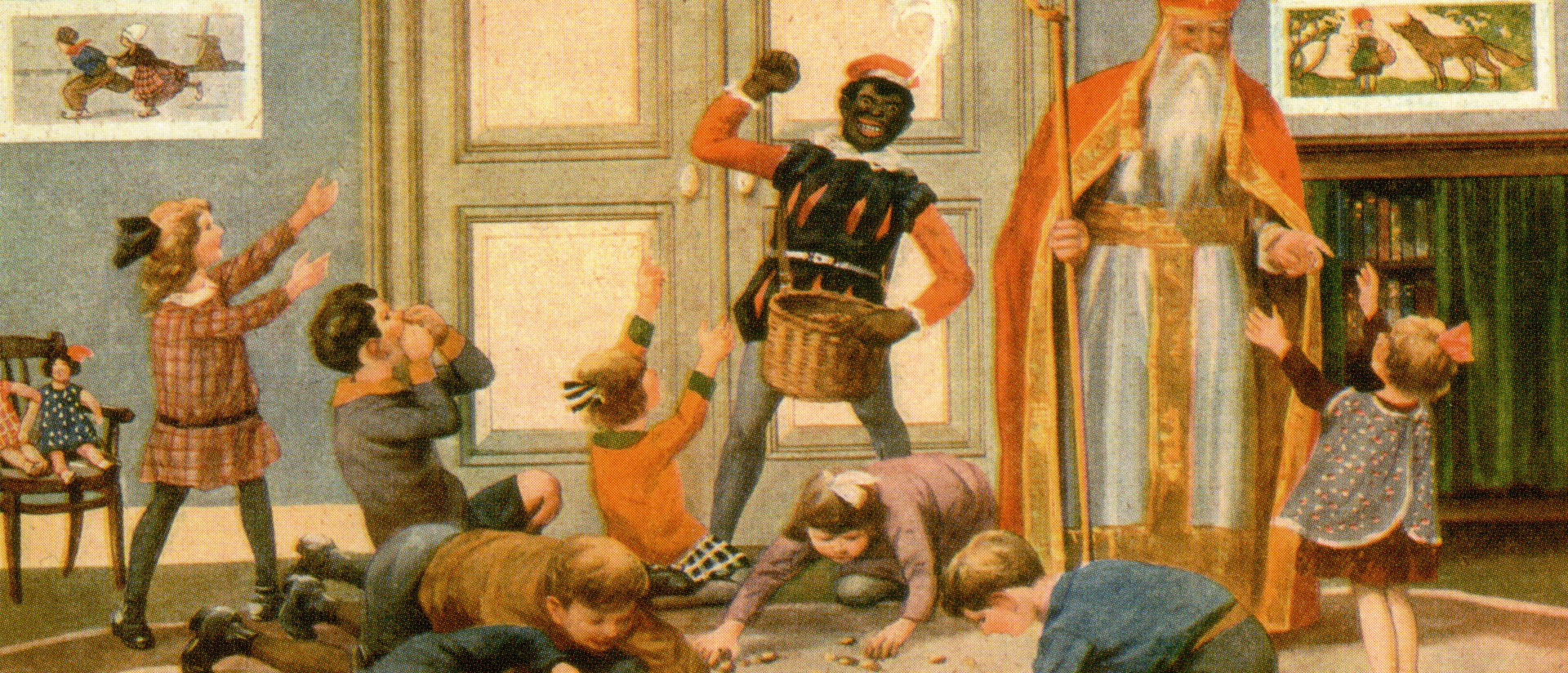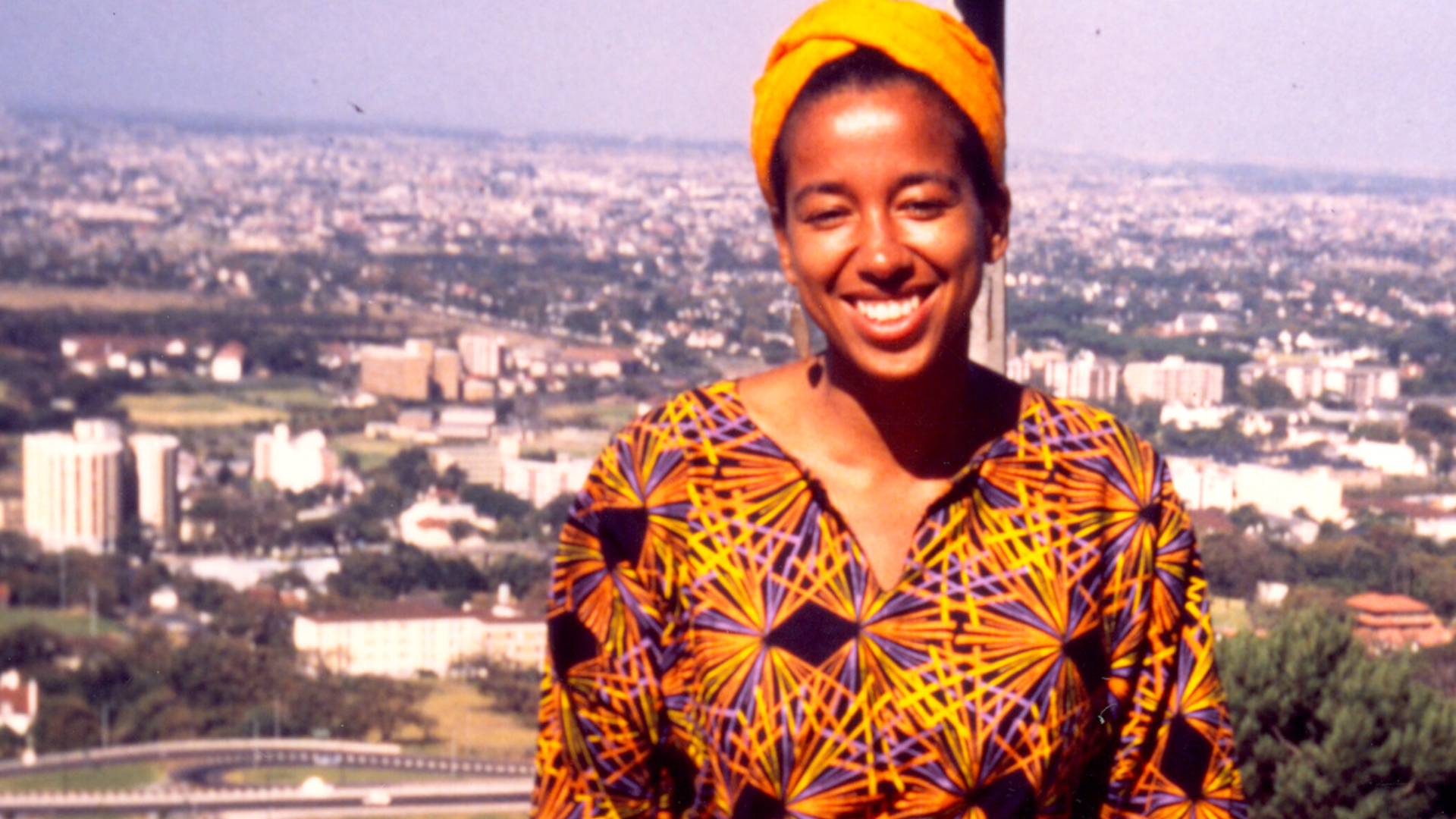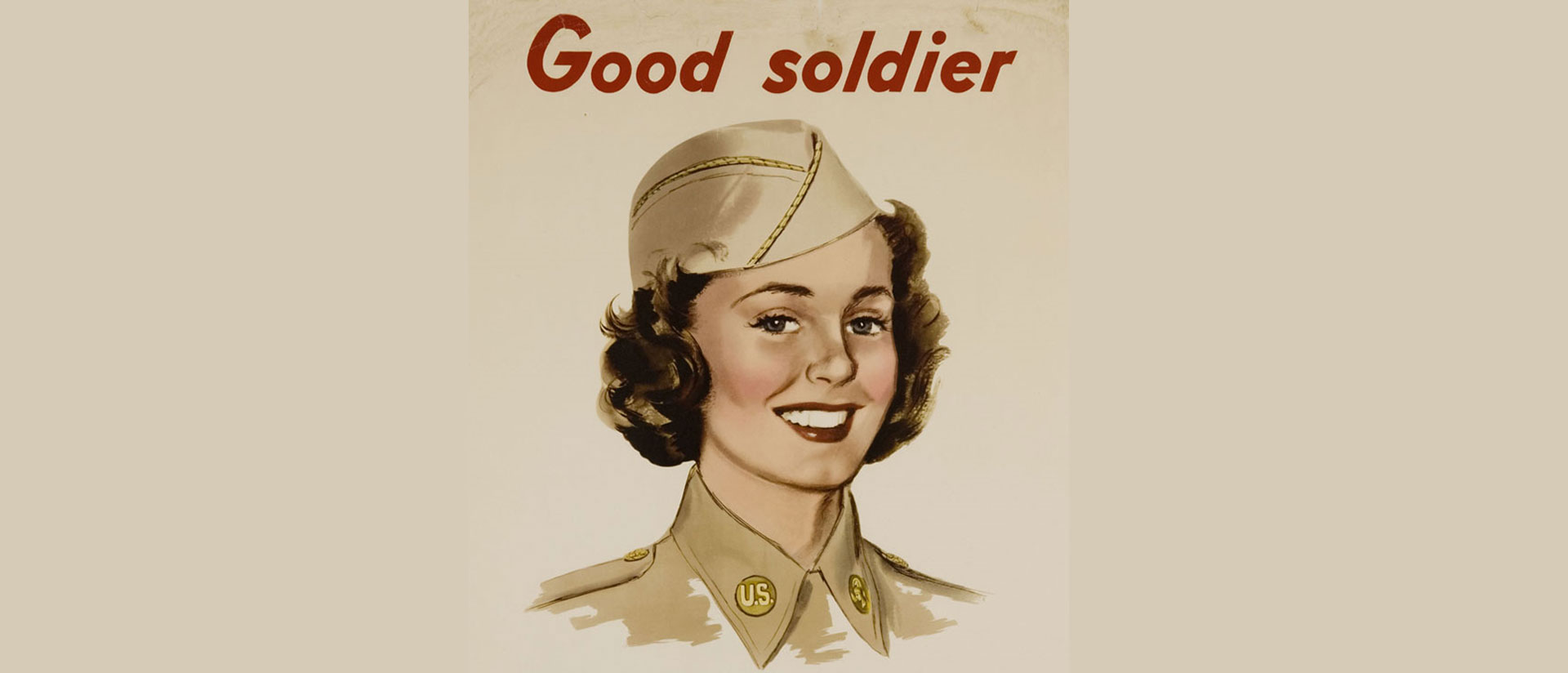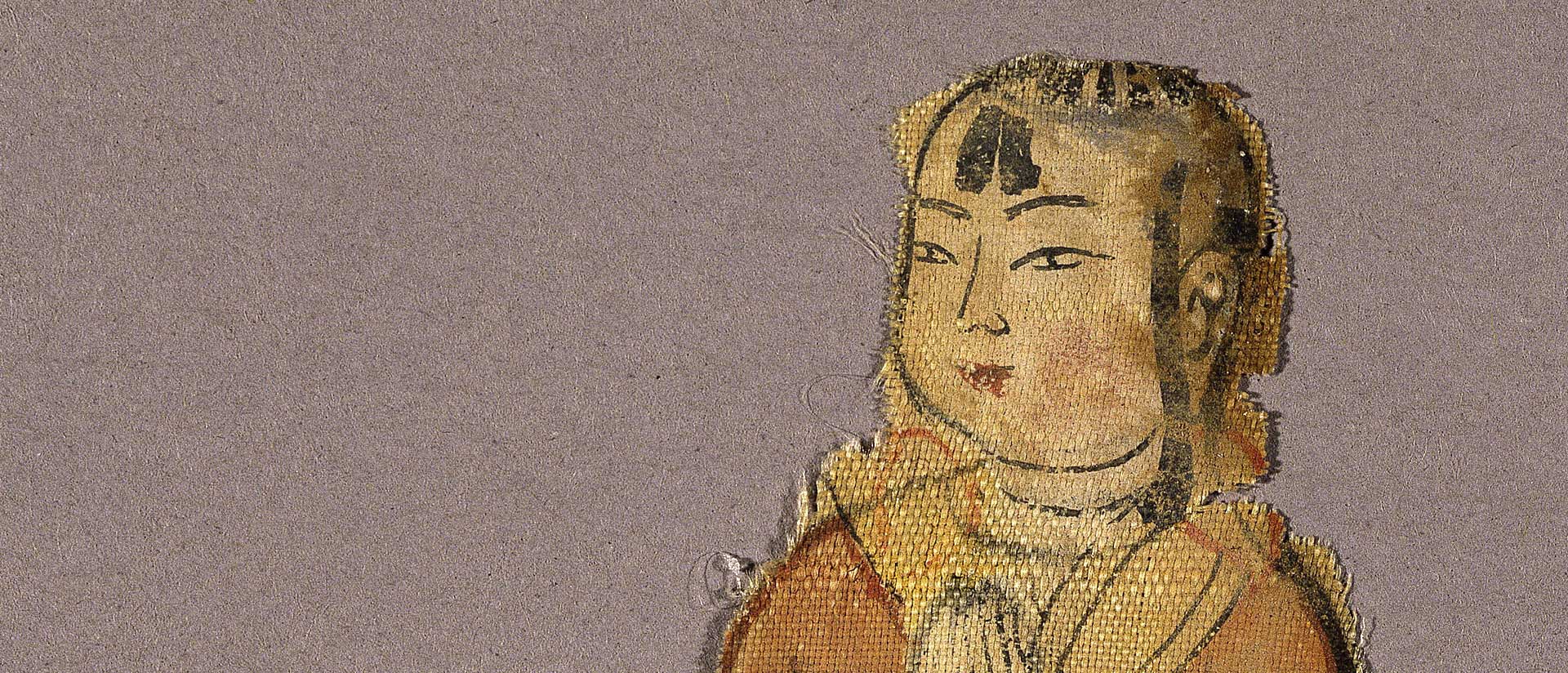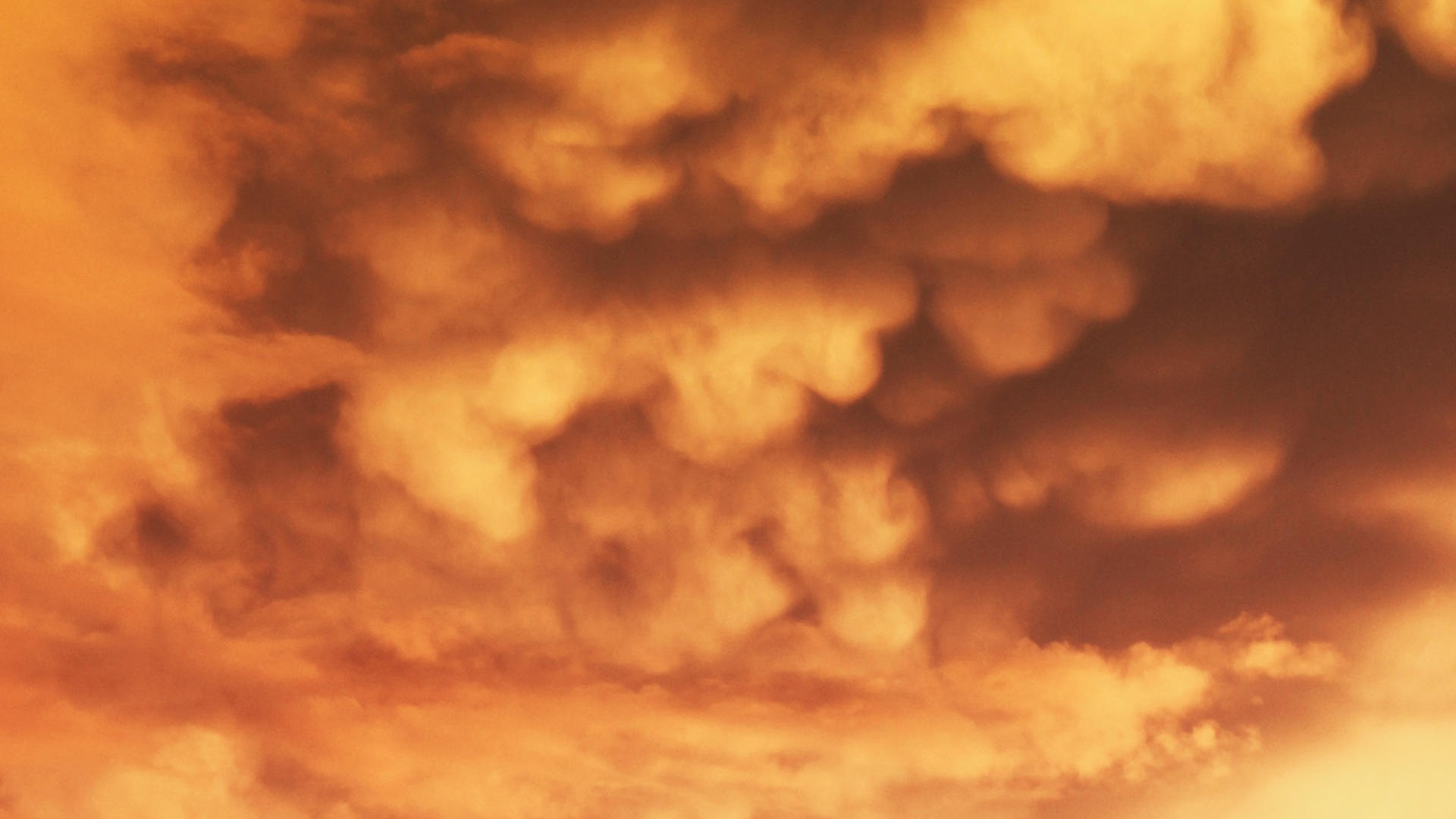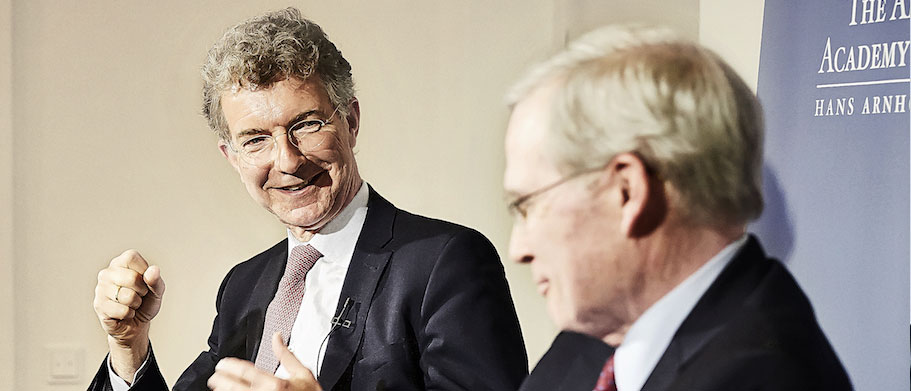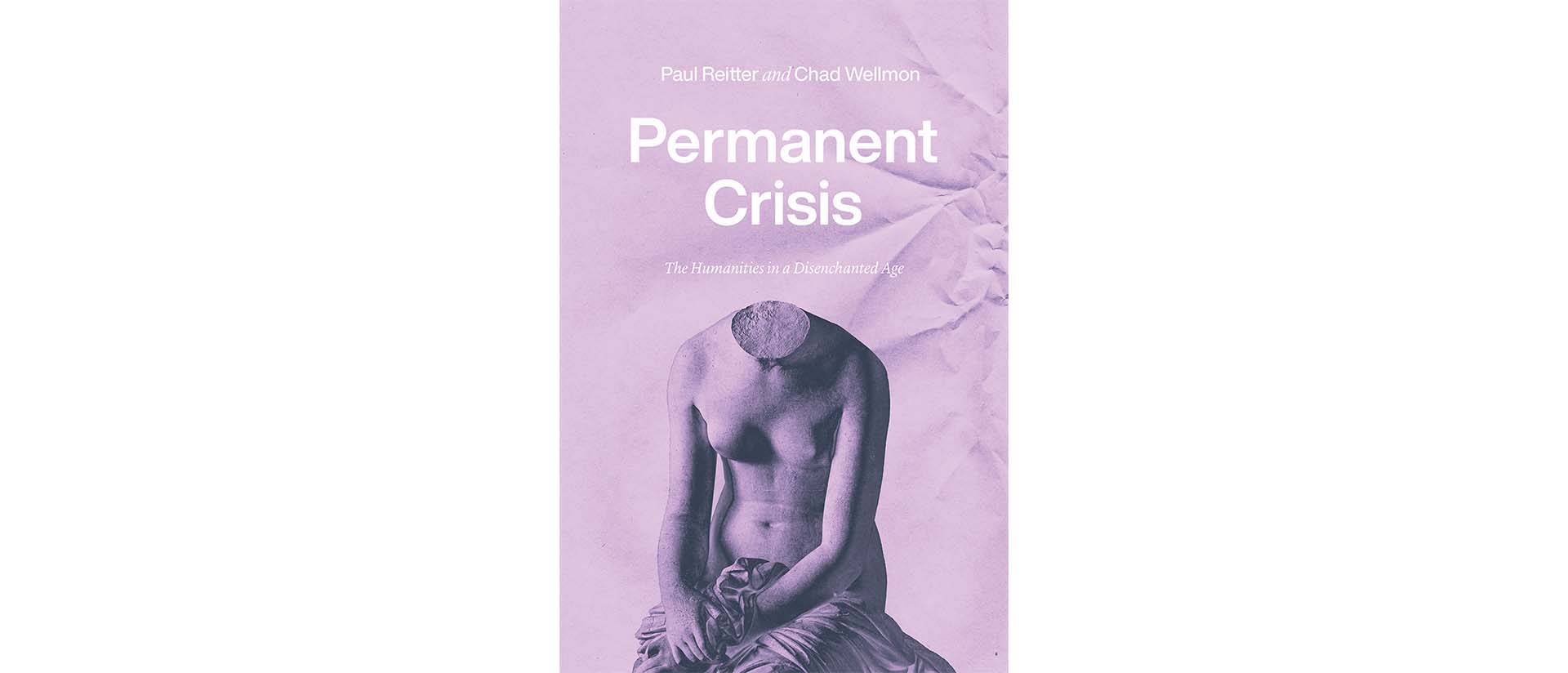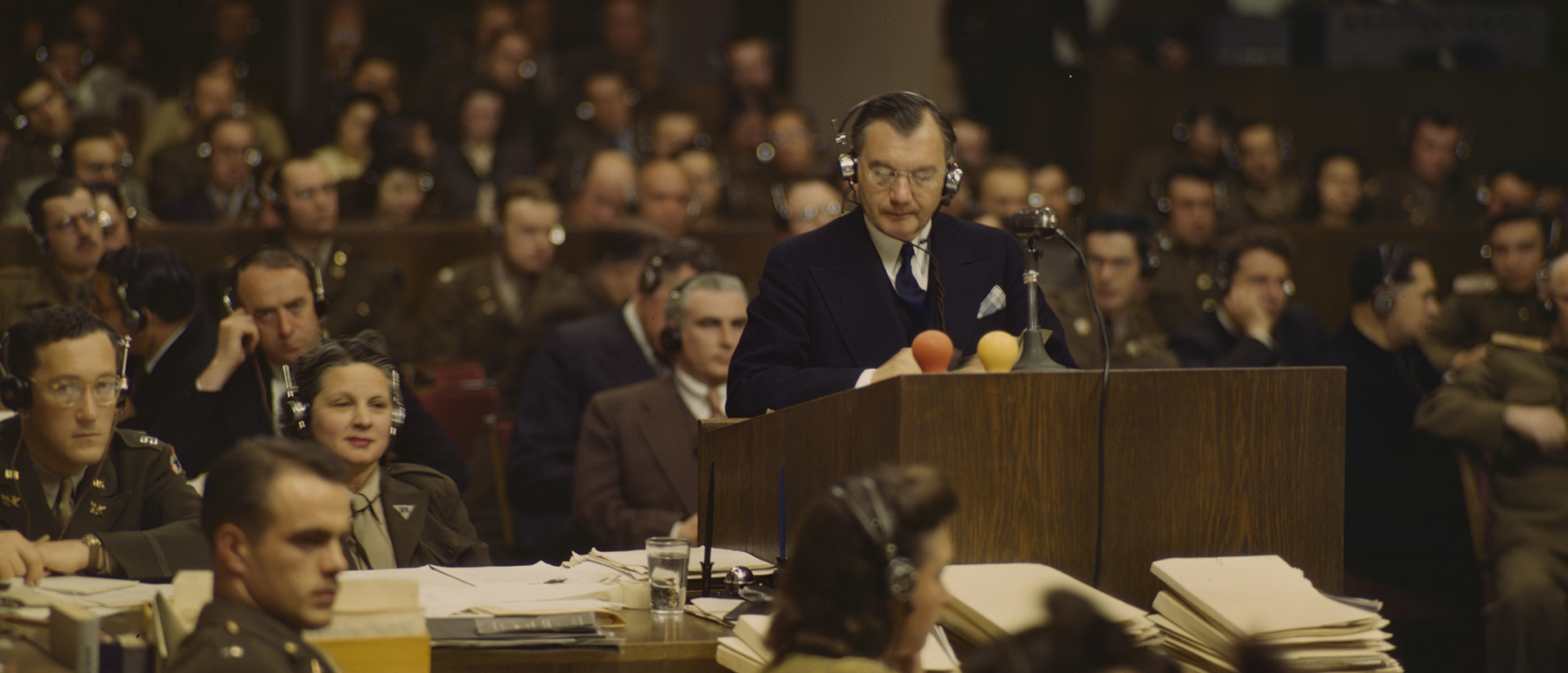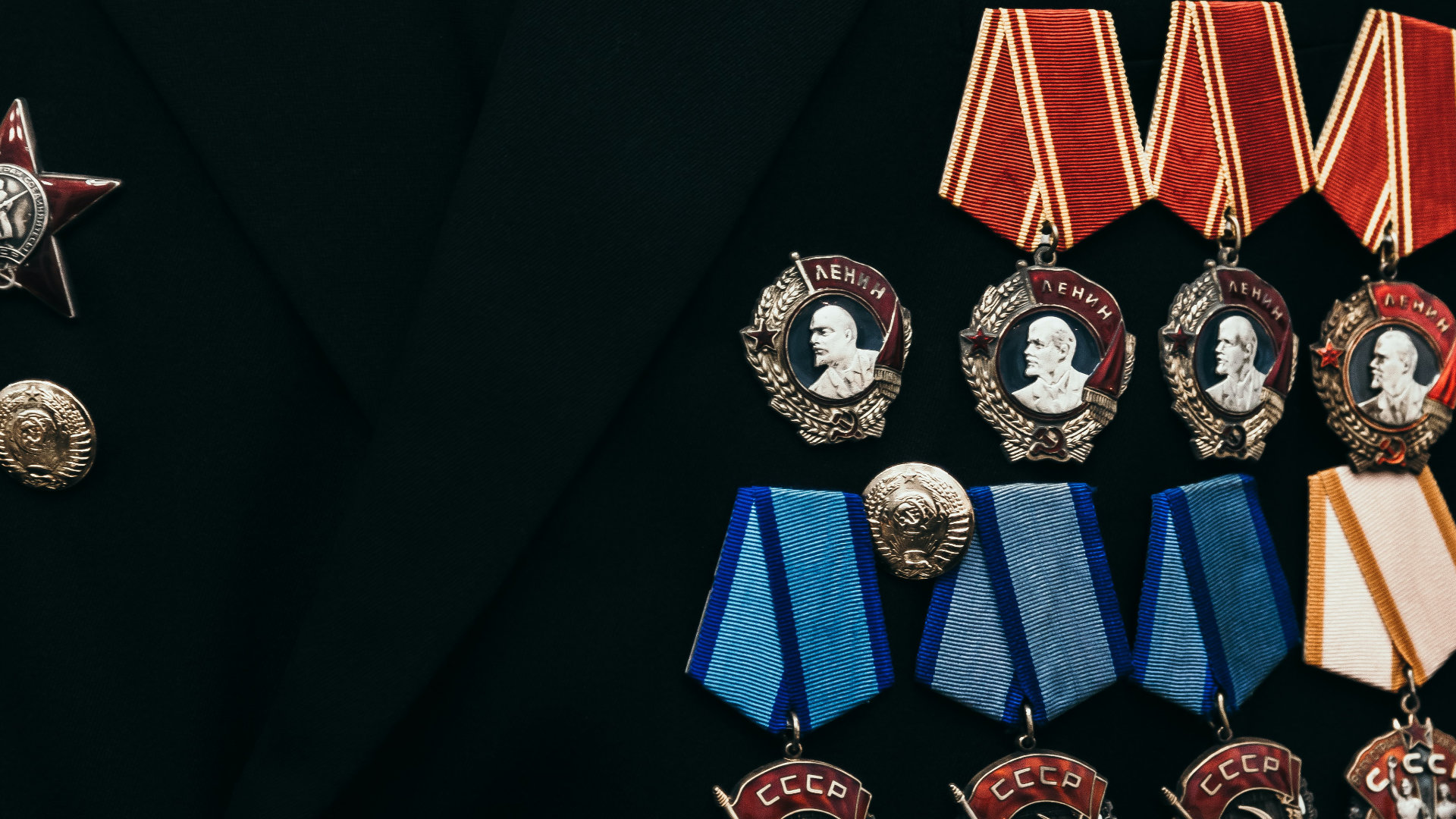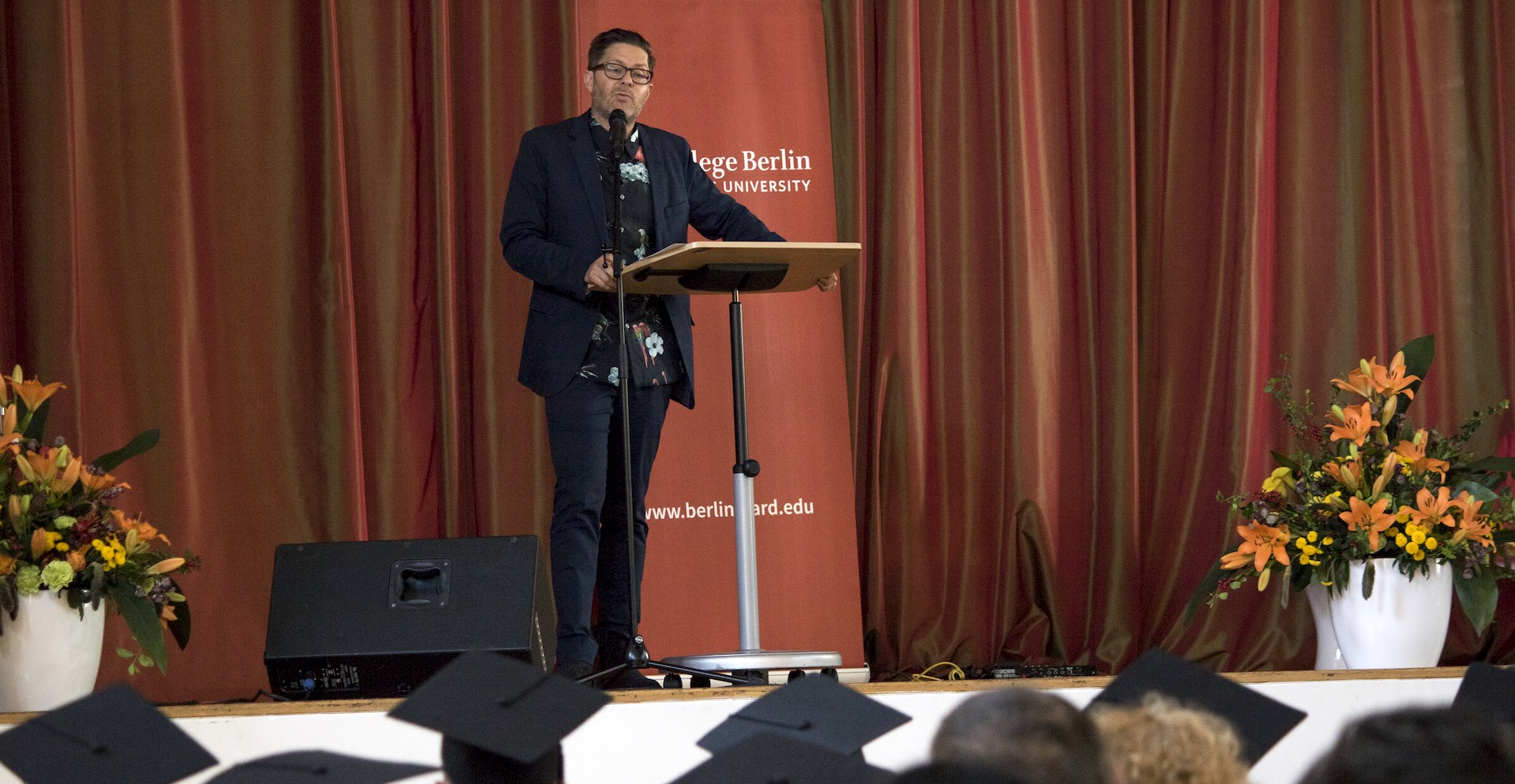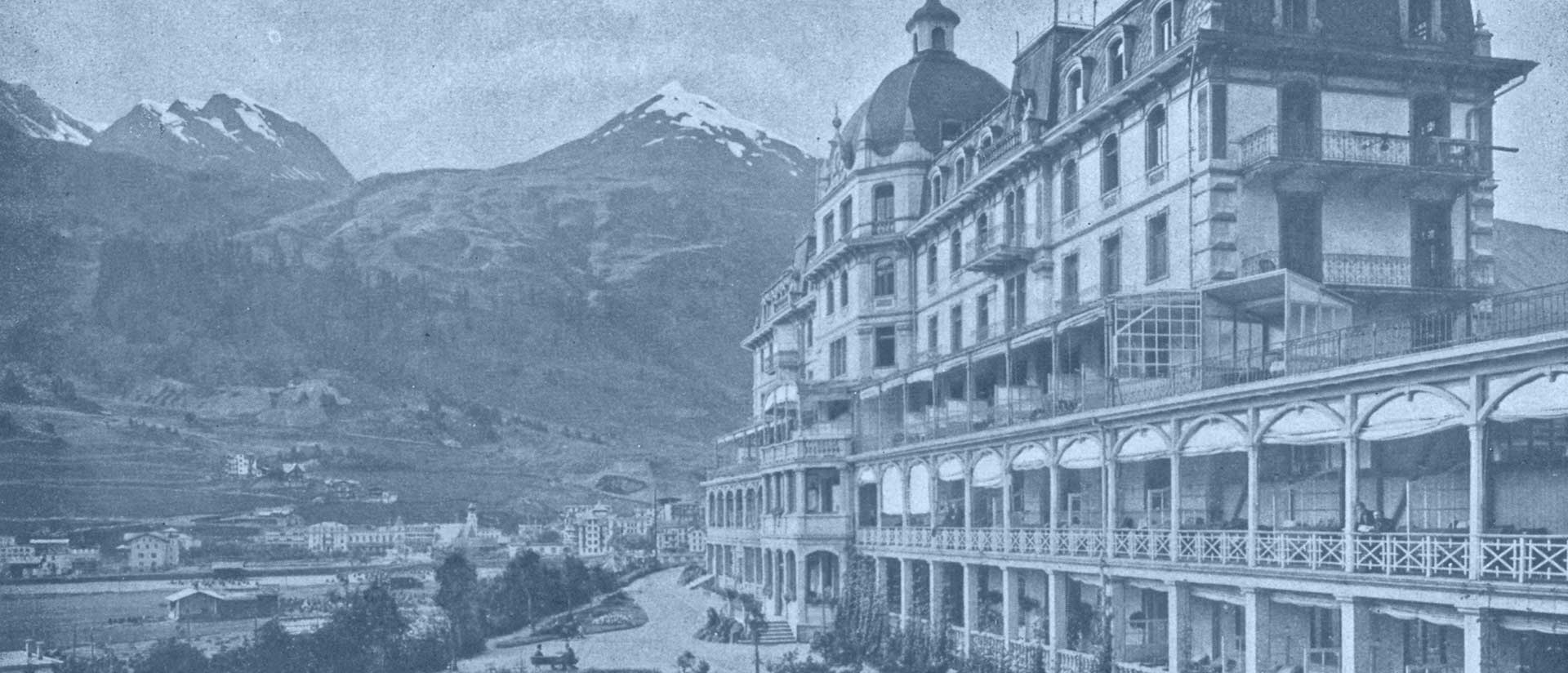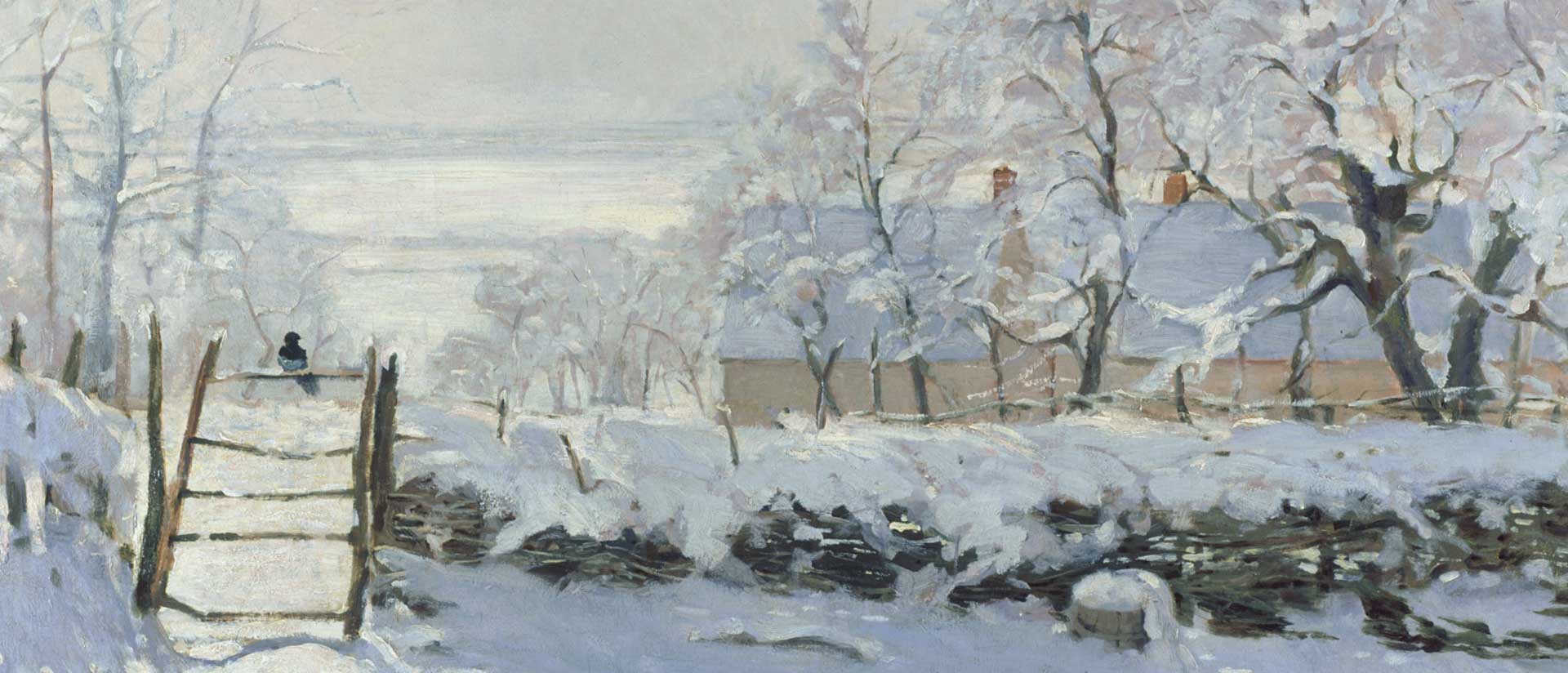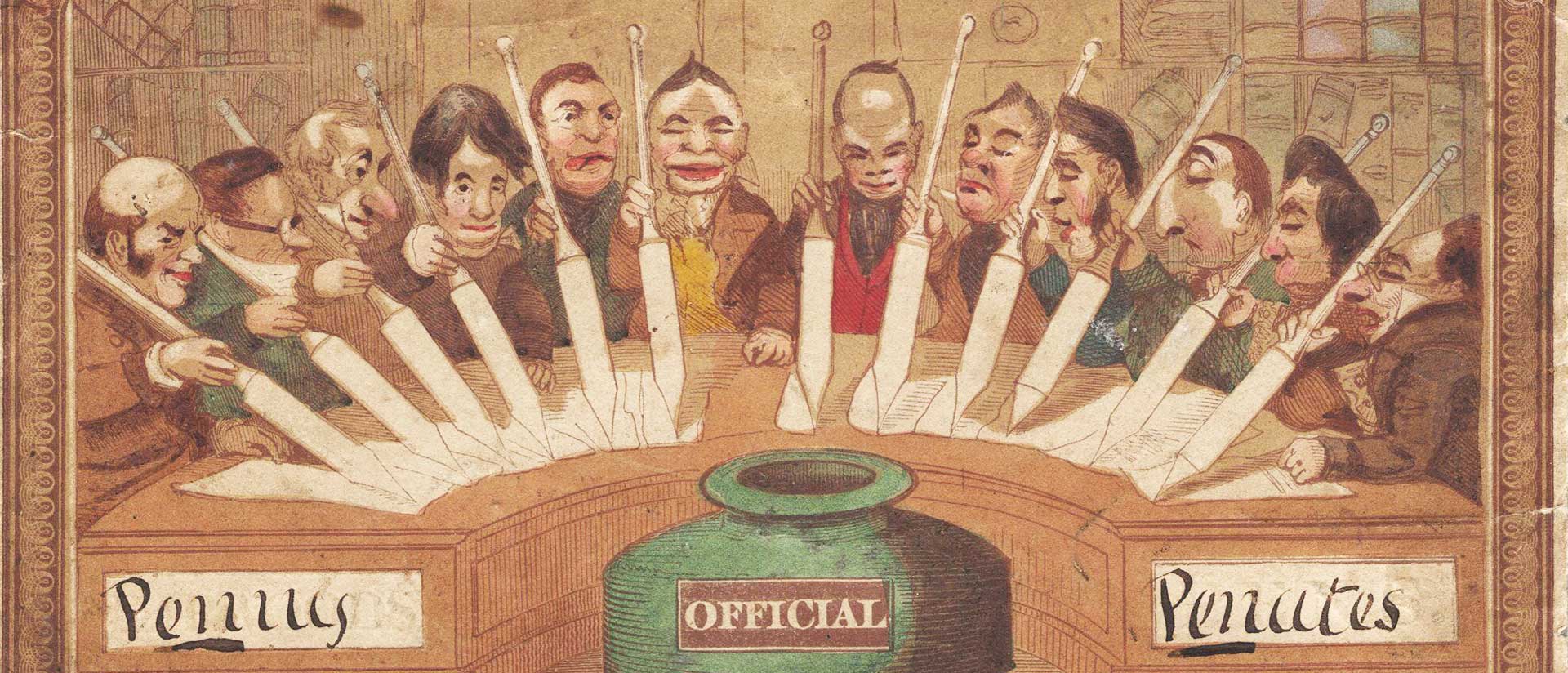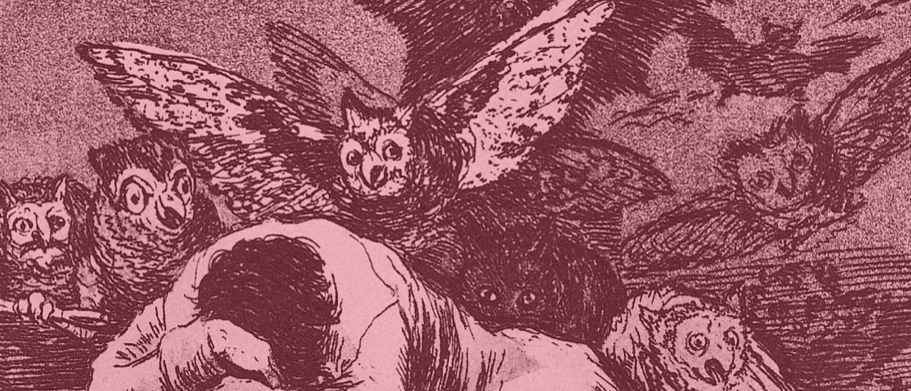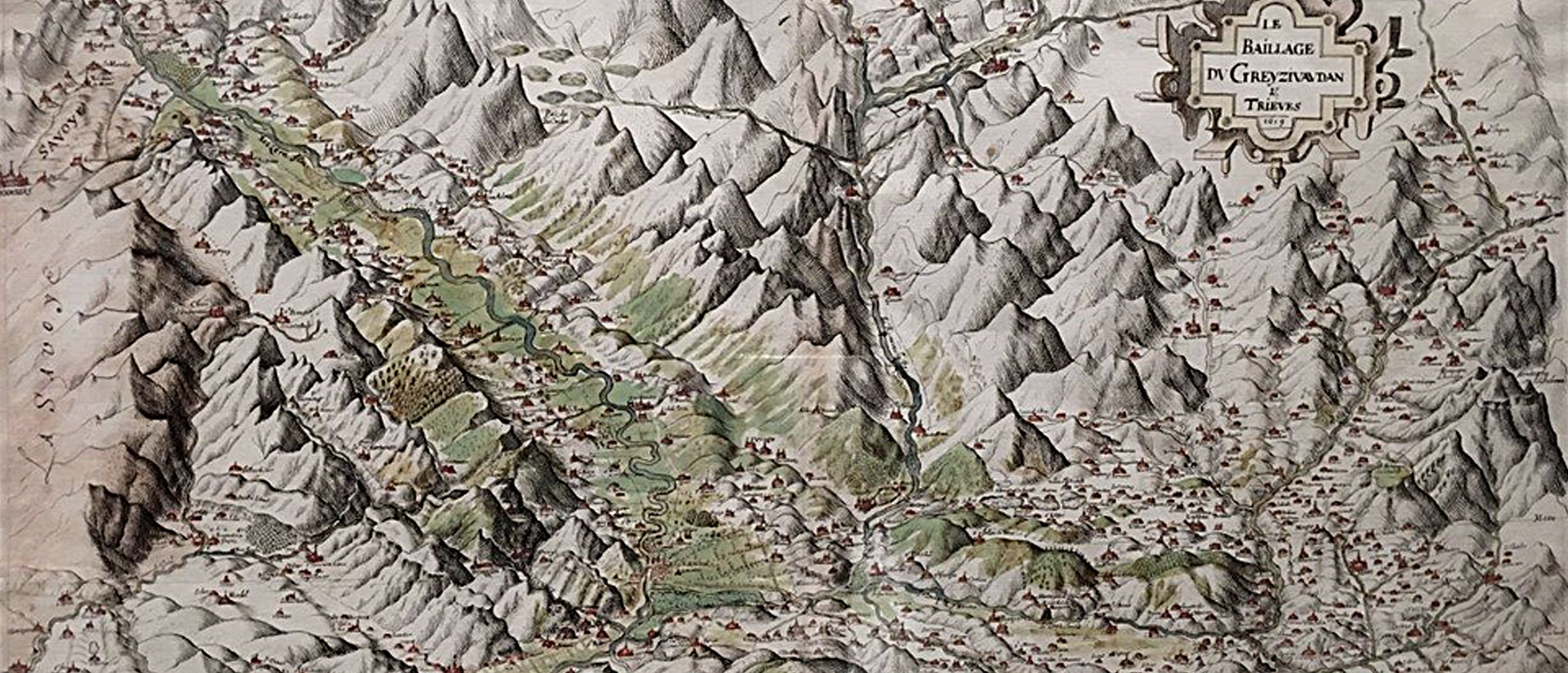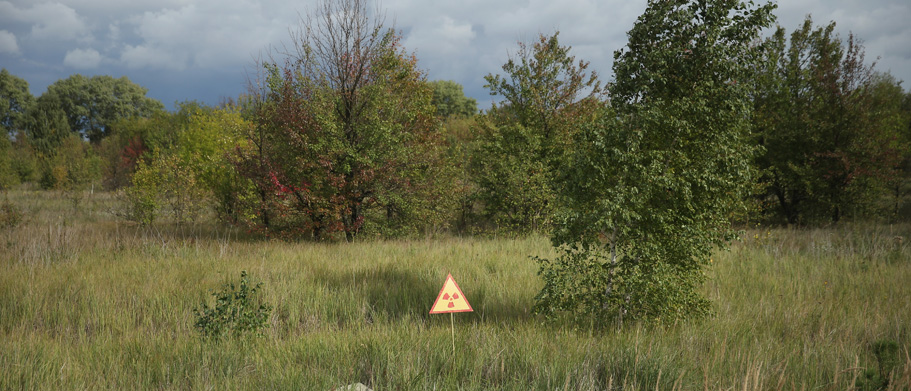
Where Fruit Flies Fear to Tread
The slow death of an ecosystem
by Kate Brown
Ukrainian-born Daniel Einor is a graduate student in biology at the University of South Carolina. Thin, with soft brown hair and eyes to match, he is the most junior member of the international team of evolutionary biologists led by Danish biologist Anders Møller and the primarily Canadian Tim Mousseau, who work at least twice a year in the Chernobyl Zone. The two scientists lead a team that studies the effects of low doses of radiation on organisms and ecosystems.
Daniel and I were pursuing a runaway mouse in the team’s makeshift field lab, in the shtetl of Chernobyl, in a former parlor lined with wire cages, each one holding a mouse or vole, tagged with a number and wearing a tiny clear plastic collar. Attached to each collar was a diminutive dosimeter; and each mouse had a label coded with the location where it had been caught, along with radiation readings taken at ground level at three places surrounding the trap.
Daniel had the job of measuring the mice, taking blood samples, and then placing each animal in a small balsa-wood box, which he lowered into a 500-pound lead cave. He would then insert a portable gamma spectrometer, the kind Homeland Security personnel use when inspecting cargo for radioactive material. The spectrometer gives the count of photons released from various radionuclides coming from the frightened, shivering bodies of the captured mice. The gamma spectrometer was set to measure radioactive cesium-137, a by-product of nuclear fission and the most common radioactive isotope in the Zone. Mice don’t travel far from where they’re born, so the count of radioactive isotopes tends to match that of the surrounding soil where the mouse was trapped. Mice found in “hot” areas often have high counts of cesium-137.
When Daniel would pull the box from the lead cave and open it, the agitated mice would bite down hard on his gloved hand. If he didn’t quicken his grip, they’d make a run for it. A couple times an hour, we stopped our work to pursue a runaway, flushing the frightened creatures from under shelves, crates, radiators, and jugs.
My job was simple. I pinched seed-sized feces from the corners of empty cages and dropped them in small, plastic vials, labeling them and tossing them into a Soviet-era fridge. The feces would eventually travel to South Carolina to be analyzed for microbial content.
This wasn’t my normal line of work. By profession, I am a historian. I ended up in the Zone to follow the only team of biologists I could locate who were actively working on Chernobyl. Last year, Mousseau and I collaborated together on a grant from the American Council of Learned Societies. Møller and Mousseau’s team, funded from small private foundation grants, has published more than a hundred articles about their Chernobyl work. Their oeuvre defies the usual popular-press depictions of the Zone as either a land of two-headed monsters or a thriving wildlife paradise. Their studies describe biological organisms struggling in a state of reduced fitness and fertility in an ecosystem quietly persisting in a state of ecological crisis.
In the first two decades that followed the Chernobyl explosion, on April 26, 1986, the Zone was off-limits to all but employees. Left only to imagine it, writers and directors conceptualized the Zone as the darkest spot on earth. In films, video games, and novels, zombies, mutants, and criminals haunted the Zone, which had become a scrim on which to project the most despairing nightmares of apocalypse or damnation. This picture evolved after 2002, when the Ukrainian government opened the Zone to limited tourism. Journalists and adventurists, myself included, showed up. Escorted by guides, we wandered the abandoned villages and the city of Pripyat. With tourism and the state’s re-branding of the Zone into a nature preserve, a new vision, just as biblical as the image of a metaphorical Hades, materialized. The Zone, deprived of humans, spelled the return of the lost Garden of Eden.
Reporters noted the appearance rare owls, eagles, wolves, and bears. In early 2005, biologists counted 64 wild Przewalsky horses, expanded from 21 animals that had escaped captivity six years earlier. The influential 2006 World Health Organization report, The Chernobyl Forum, picked up on this current, suggesting that Chernobyl ecosystems were healthy and thriving. Several biologists declared that human activity in the form of forestry, farming, pesticides, and hunting is more devastating to local plants and animals than the world’s worst nuclear power plant disaster. “The Zone,” journalist Mary Mycio wrote, is an “unintentional wildlife sanctuary.”
Tim Mousseau and Anders Møller were puzzled by these stories. Møller first visited the Zone in 1991. A specialist in barn swallows, he found birds in contaminated areas that had albino patches and other abnormalities he had never seen in his twenty years of research. Mousseau first visited the zone in 2000. When the Chernobyl Forum report came out, he and Møller looked closely at the footnotes. “It was all anecdotal,” Mousseau recalls. “There was no research to back up the claims.” Ukrainian and Russian research had petered out in the 1990s, with the collapse of the post-Soviet economy—and thus funding. Meanwhile, few Westerners had even worked in the Zone. The two biologists teamed up.
Mousseau grew up in an itinerant military family and has a been-everywhere, unfazed quality about him. Even so, when he took a first walk in a forest of the Zone, he was caught off-guard by a strange occurrence. Spiders normally thread webs between trees across a path, leaving sticky strings for walkers. Why no webs? he wondered. He went actively looking for arachnids but found few. When he and Møller made a formal count—over three years, in 700 sites, following line transects—they discovered that at very low levels of radiation (at below one hundred times greater than normal levels) spiders decreased significantly.
They turned next to fruit flies (drosophila). For geneticists and evolutionary biologists, fruit flies are the jam to their occupational bread and butter. They have giant chromosomes and reproduce quickly, which makes them ideal subjects to track genetic mutations. In the Chernobyl Zone, however, Møller and Mousseau had trouble finding fruit flies outside of the town of Chernobyl. That too was startling. Most people have trouble getting summertime drosophila out of their kitchens. But in highly contaminated areas, fruit trees—apple, pear, rowanberry, wild rose, and cranberry—produced much less fruit.
Puzzled, Mousseau and Møller looked for the pollinators that fertilize fruit trees. Again, they counted few bees, butterflies, or dragonflies. At 898 points around the Zone, they counted an average of one-third of a bumblebee and half a butterfly. The pollinators, they realized, had been decimated by the release of radiation in soils where the insects lay eggs. Because there was less fruit, not just fewer fruit flies, fruit-eating birds such as thrushes and warblers suffered demographically and declined in number. Frugivores, in turn, serve as seed spreaders. With a decline in frugivores, fewer fruit trees and shrubs took root and grew. And so it went. The team investigated 19 villages in a 15-kilometer circle around the blown nuclear plant and found that all of two apple trees had seeded after the 1986 explosion. Those two lone trees exhibit the tapering endpoint of the cascading effect of extinction. The peril of a few species of small, winged creatures magnified to threaten the entire surrounding ecosystem.
Noticing the absence of fruit flies led to what Mousseau calls his “Silent Spring” moment. Rachel Carson’s 1961 blockbuster documented how DDT sprayed to kill insects was also decimating wildlife, especially birds, in communities across the United States. In the preface, Carson—who at the time was quietly dying of breast cancer—wrote that one day she had noticed the birds in her lush Washington, DC, suburb had gone silent. This simple act of observation sent her on a quest that led to her seminal text, which inspired the modern American environmental movement.
Møller and Mousseau’s microlevel analysis pointed to depressed populations and reduced fitness among insects, birds, and large animals in areas with high levels of contamination, drawing rival scholars to the topic. In 2015, University of Portsmouth professor Jim Smith and his coauthors published a two-page letter in Current Biology stating that their count of large fauna in the contaminated zone in Belarus showed no radiation damage to populations. The biologists, whose worked is funded by a British foundation that supports sustainable energy development, including nuclear power, used data gathered from Belorussian helicopter flights over the reserve. In a follow-up study in 2016, they used scent to attract animals to 94 camera traps in order to photograph wolves, foxes, raccoons, dogs, and wild boar. Finding no difference between areas of high and low contamination within the Zone, the scientists concluded their work showed “wildlife’s resilience in the face of chronic radiation stress.” Despite the meager and preliminary nature of these findings, the global media picked up this story and ran with it, as they had in 2002 when the Zone opened. As humans consider the seemingly unstoppable rollout of global warming, no message is more soothing than one in which nature, damaged by human technology, rights itself. The dueling articles have produced a scientific stalemate, one familiar in the field of harmful but profitable toxins. It took quarrelling scientists decades to agree that products such as tobacco, lead, and arsenic are harmful to human health.
As evolutionary biologists, Møller and Mousseau are interlopers; they began their careers outside the field of radiation ecology. Their critics tend to be physicists by training. Biologists study habitats and bodies of insects and animals. Physicists study isotopes and the energy they emit. Radiation ecologists begin with numbers—the levels of radiation and estimated doses to bodies. With those doses they make larger predictions about general harm to populations. Physicist Jim Smith argues that Møller and Mousseau are wrong because the levels of radioactivity they record are too low, according to established statistical models, upon which nuclear regulatory agencies have relied for decades to assure the public they are safe. Scientists have recalibrated and lowered the permissible dose a half-dozen times since they were first established, in 1928. Møller and Mousseau’s work is threatening because finding genetic and somatic damage at the low levels they record might force international nuclear regulatory agencies once again to lower the doses recommended as safe.
In response to their critics, Møller and Mousseau have kept working. In the summer of 2011, after the meltdown of three reactors at the Fukushima Plant, they added Japan to their list of annual peregrinations through radiated terrain. In the Fukushima Prefecture, they found a similar pattern of dramatic effects on species’ richness and abundance, alongside skewed age and sex ratios among birds. They teamed up with a group of physicists in France who performed the mathematical heavy lifting to estimate individual doses for each tiny bird. This is the kind of evidence physicists consider reliable. To be convinced of damage from radioactivity, they look for a linear relationship between abundance and absorbed doses. The French scientists’ dose reconstructions showed that doses of radioactivity directly tracked in a linear fashion with declining numbers of birds.
But dose reconstructions are not their main aim. Møller and Mousseau want to know what happens in the wild when biological organisms are exposed to man-made ionizing radiation. Scientists have pursued this question in labs since the inception of the Manhattan Project. Those studies, generally carried out in labs funded by atomic agencies, have tended to find minimal or no damage at low doses. Møller and Mousseau contend that in the wild, animals’ exposures are greater than in lab simulations because of multiple exposures and generational genetic impact. The problem is that experiments in the wild are subject to uncontrollable
and variable factors—weather, human and animal molestation, and genetic variability. Field experiments cannot be duplicated exactly, and so scientists have trouble authenticating their work. “Lab scientists,” Mousseau quipped, “think we are crazy.” Møller and Mousseau also differ from the lab scientists in that they are interested in most everything they can count and measure. For this reason their shtetl field lab is a cluttered place: mice cages in the parlor, frozen butterflies in the aging fridge, mushrooms stacked in the hallway, and collections of invertebrates on the porch. When the team notices something odd, they have set out to study it, to bring their observation beyond the anecdotal, which is the charge they level against the journalists and scientists who assert the zone is a thriving nature preserve. It is a messy business, the work of perfecting the art of noticing.
As we drove around the Zone escorting voles back home, I practiced my own observational skills by guessing approximate radiation levels and matching my speculation to the Geiger counter. It became a game, if a dispiriting one. In the shtetl of Chernobyl, the birds in June started to sing at 3 AM and increased in volume and intensity until sunrise. Chernobyl clouds missed the town of Chernobyl, and it records levels of radiation lower than background values. Out in some forest spots, I would listen for birds but found mostly silence amid a few shrill calls. I’d check my counter to find high contamination levels. Then I’d look around for pine trees because they are especially vulnerable to radioactive decay. Before the accident, foresters cultivated pine for commercial production because it grows fast, tall, and straight; pine trees exposed to radiation show disorganized growth. Tree trunks, rather than extending board straight, split into columns, creating trunks shaped like the letter Y or a Ukrainian trident. Pine needles, which normally point in one direction, scatter drunkenly left, right, up, and down. The exposed pines aren’t pretty, but at least they are there. In areas registering more than 40 microsieverts an hour, the biologists have a hard time finding any pine trees at all.
As we stopped to drop off some voles, the dosimeter measured 10 microsieverts per hour on the road, twice the rate of a transatlantic flight. When we steppt into the forest, it gave off a warning beep at 30, then rose to 42 microsieverts per hour. I did not relish the feeling of walking through woods knowing they were “hot,” though I knew that by current radiation standards I was in no danger unless I remained there for months, ate and drank from it, burrowed in the top layer of soil, as insects and voles did. Even so, knowing the woods were radioactive dampened the pleasure of being in a lush, northern forest on a breezy, summer day.
As we turned over the cages, the frightened voles make a dash for it. We made quick work of it and headed back to the road. Radioactive isotopes concentrate in biological organisms, which mean the more nature, the higher the readings. In contrast to everyday life elsewhere, asphalt in the Zone is safer than the forest.
All day long, our vehicles ambled up and down the broken roads of the Zone, as the team repatriated the voles. Bouncing along, I puzzled over the controversy about wildlife abundance in the Zone. No one disputes the fact that animals exist there. The more pertinent question is: How do biological organisms fare on contaminated terrain? Motion-triggered cameras, lab experiments, and mathematical equations cannot wholly answer that question. For that it takes boots—wet, muddy, and rubber ones—on the ground, work that is tedious and bug-bitten, and it takes senses trained to notice subtle changes. Perhaps because this labor is so thankless, few scientists have been willing to pose the long overdue questions about the effect of chronic low doses of radiation on biological organisms. Yet these questions are germane to existence in more and more places around the globe.□
Kate Brown is Professor of History at the University of Maryland, Baltimore County, and the spring 2017 Bosch Fellow in Public Policy. Published in the Berlin Journal 30, Fall 2016, pp. 40-43.

